
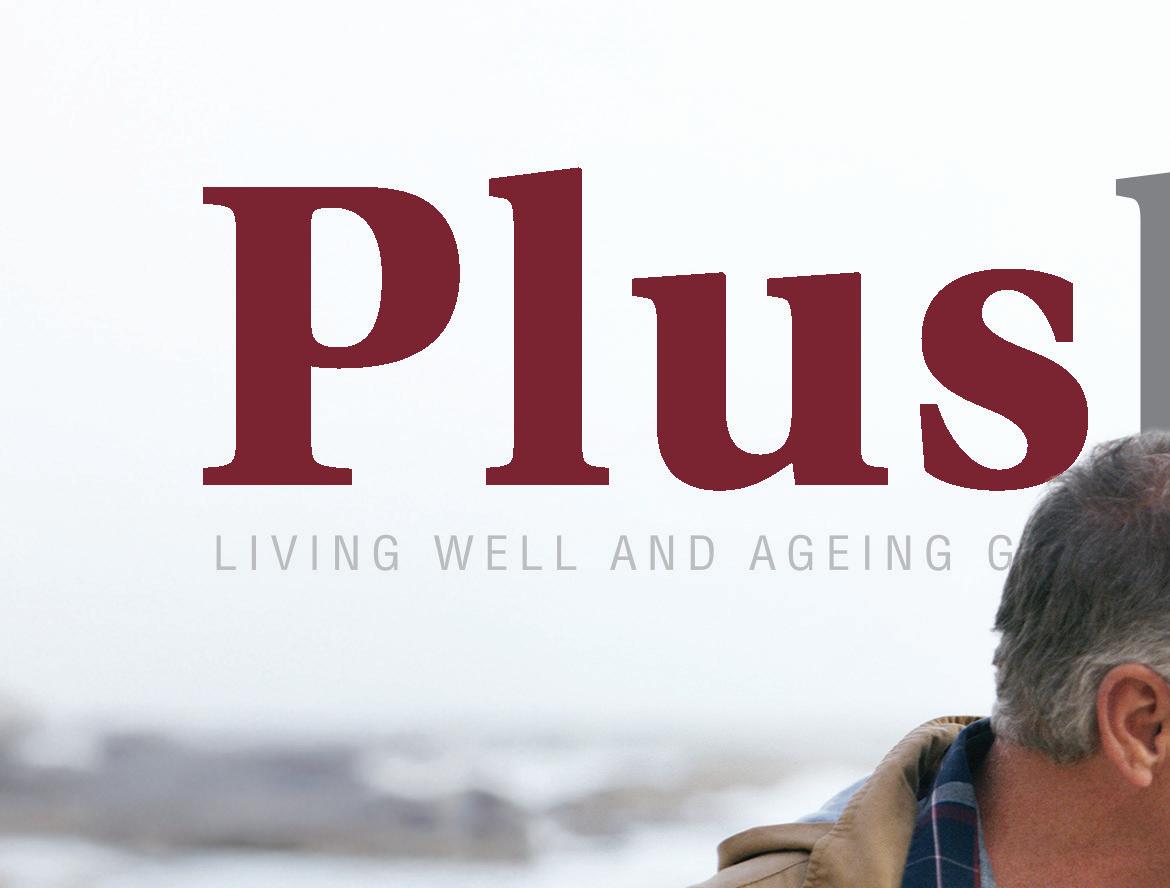


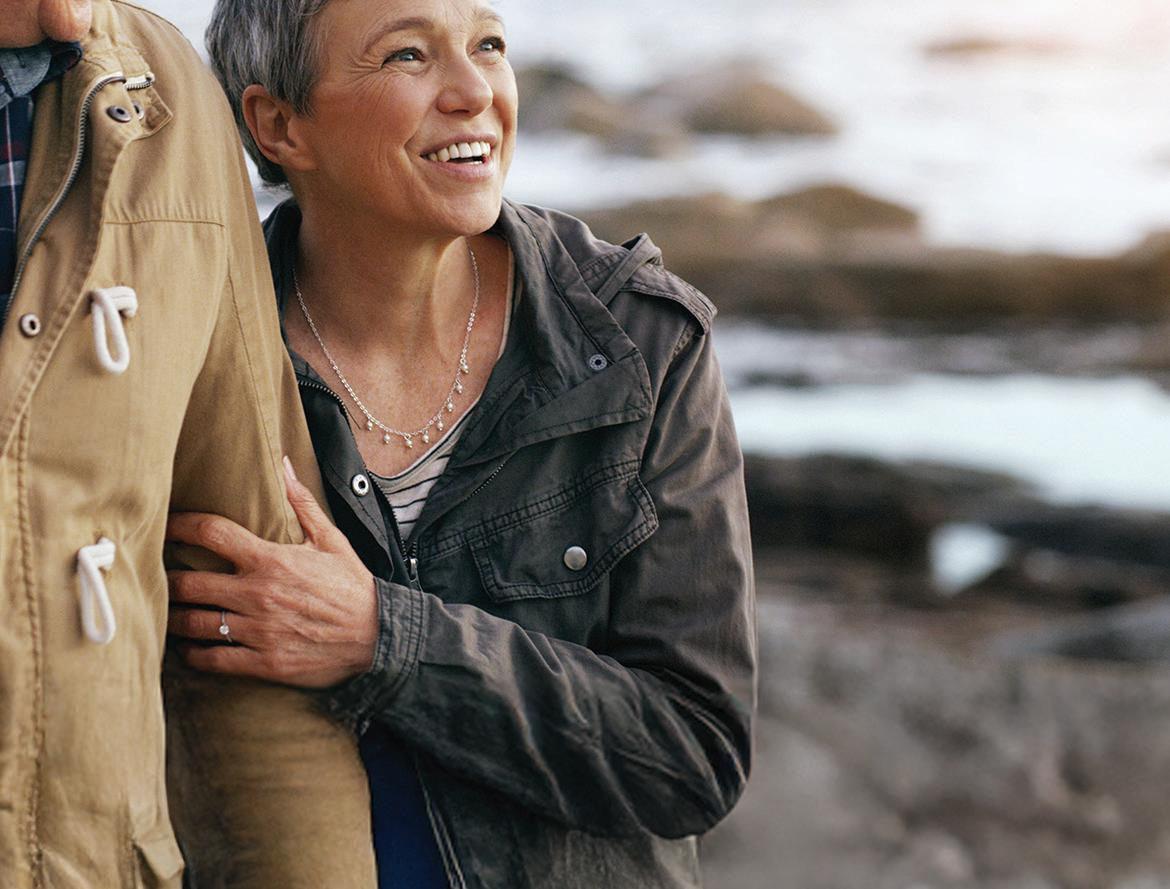








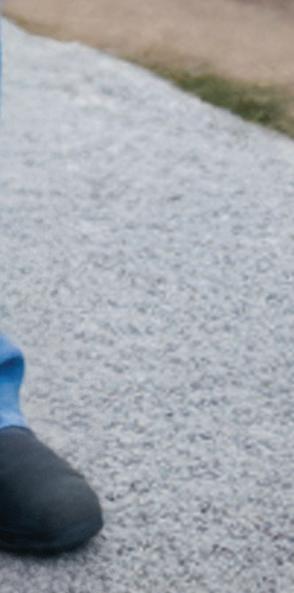

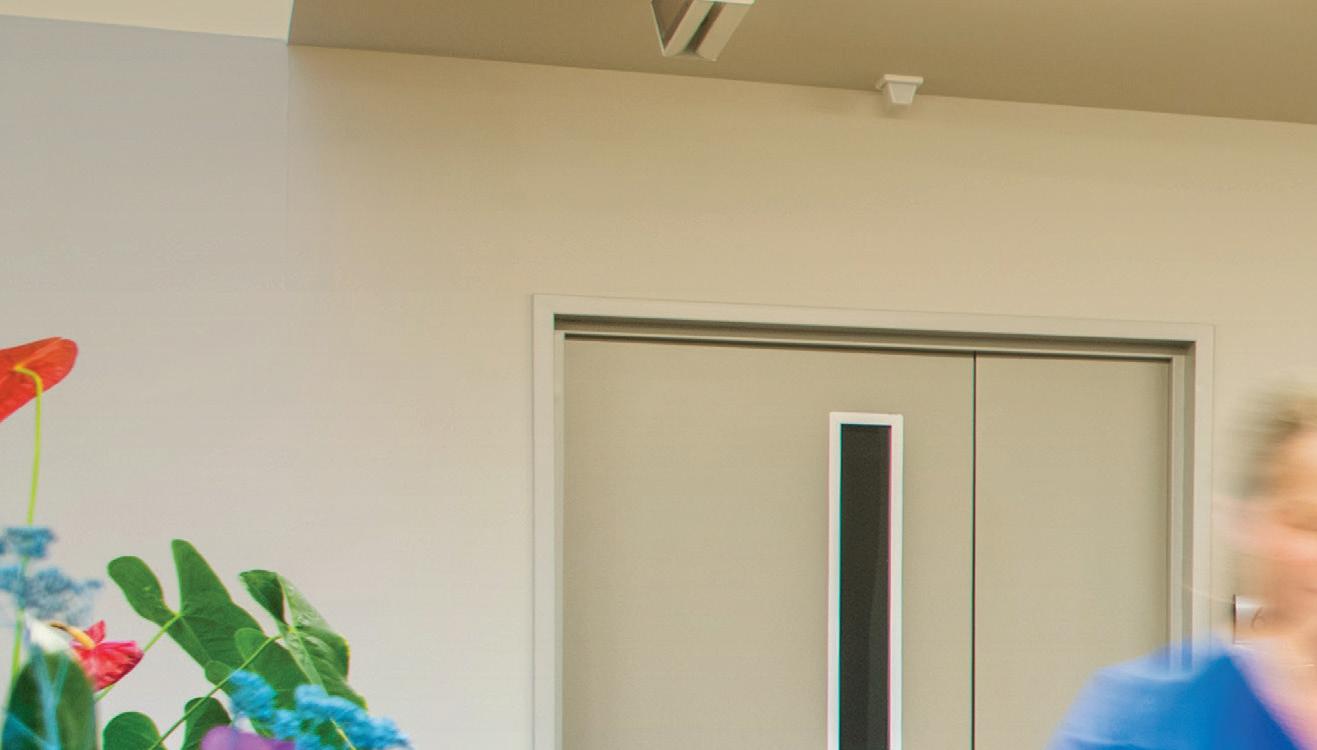
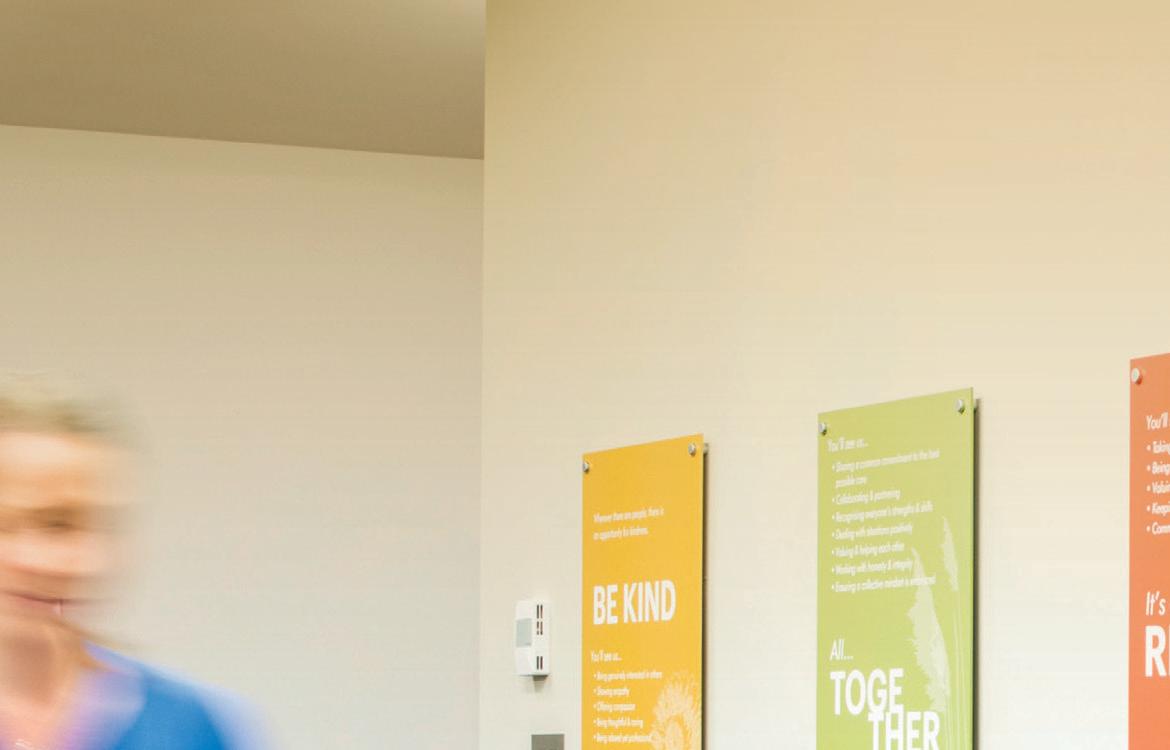




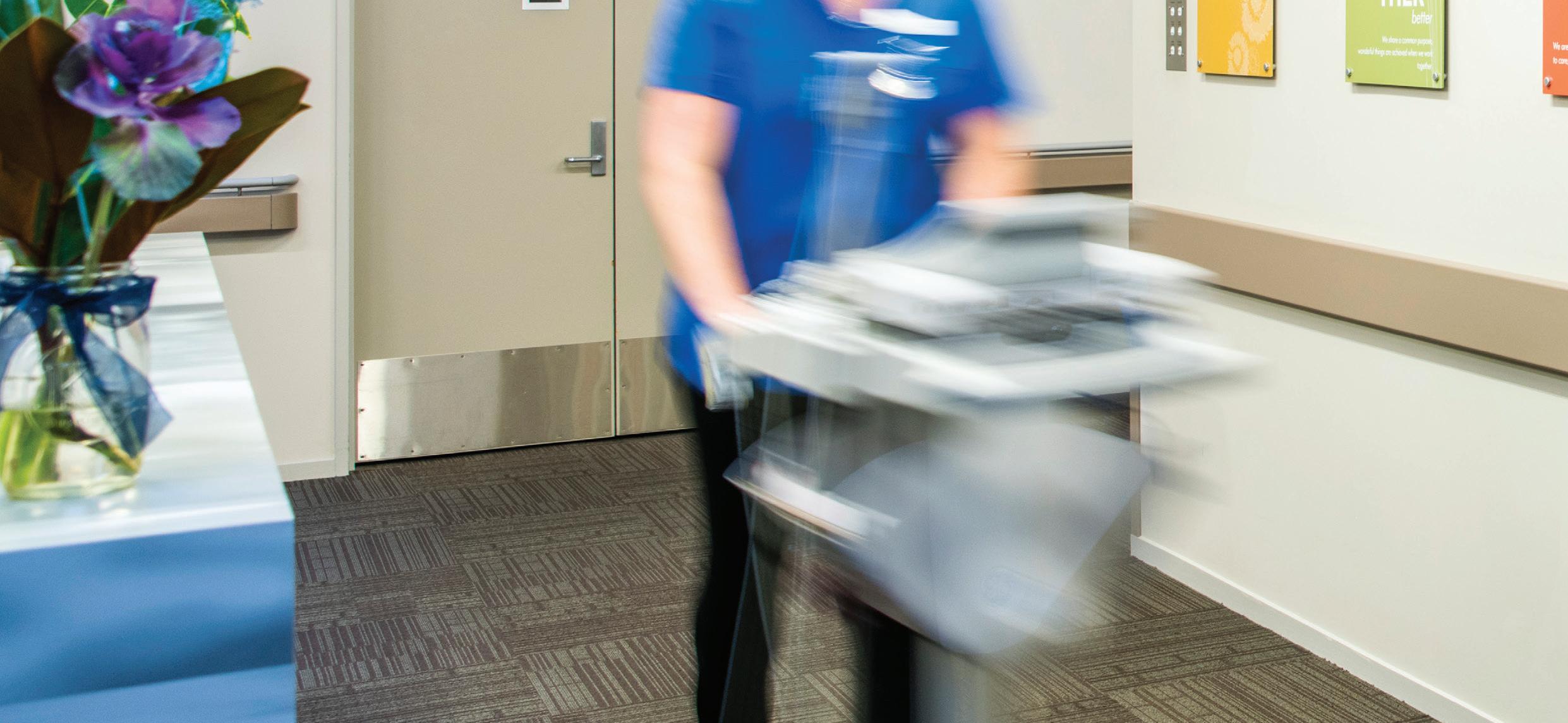

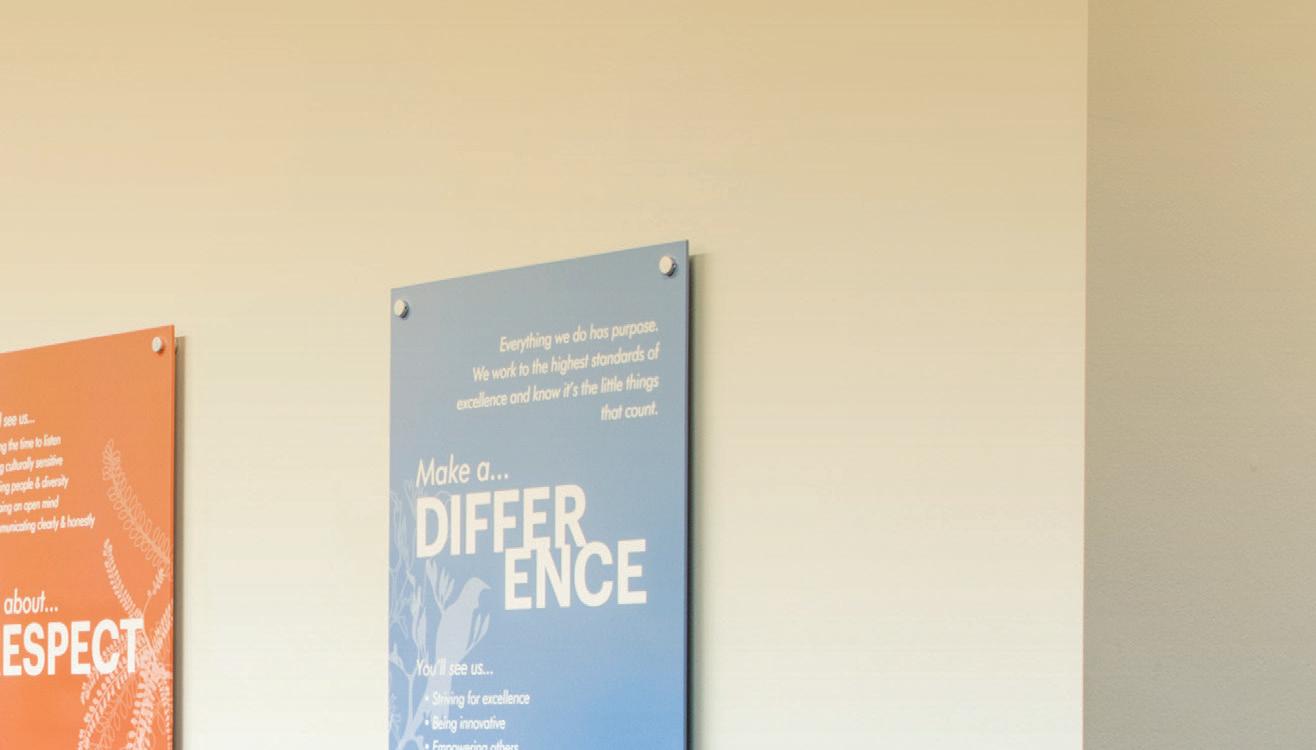

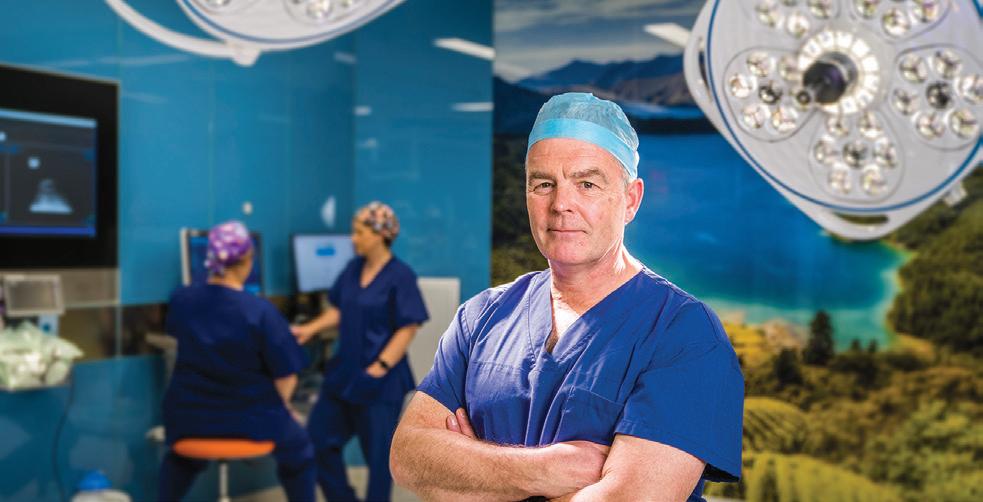
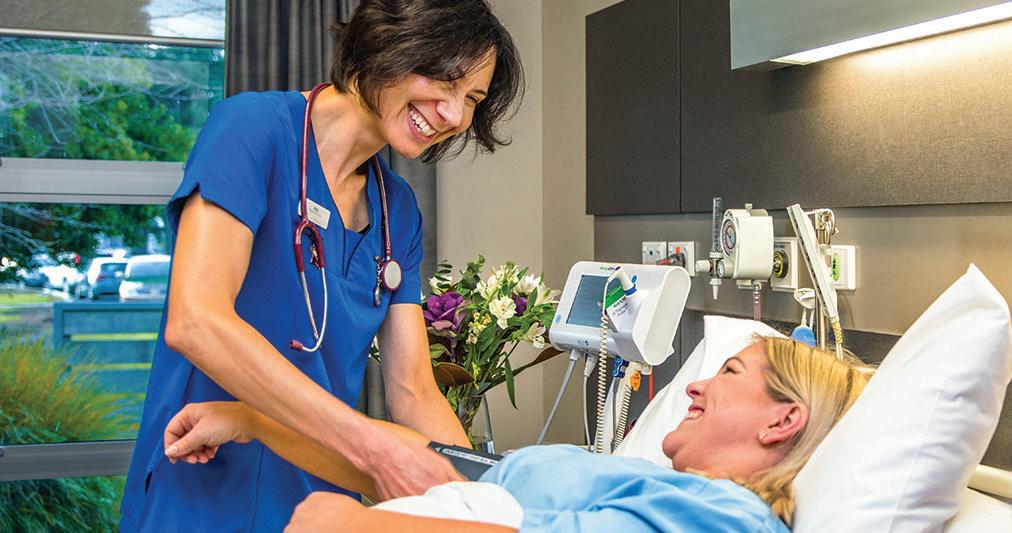
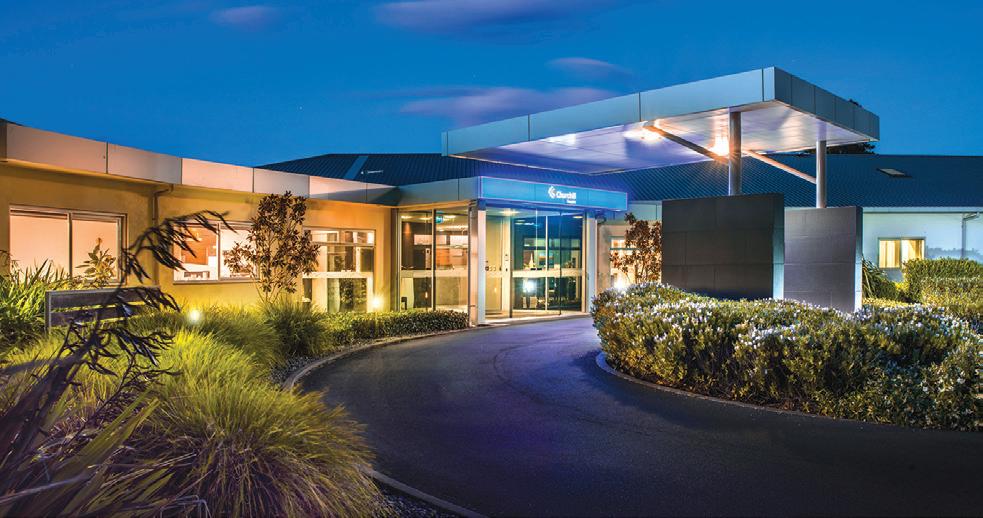
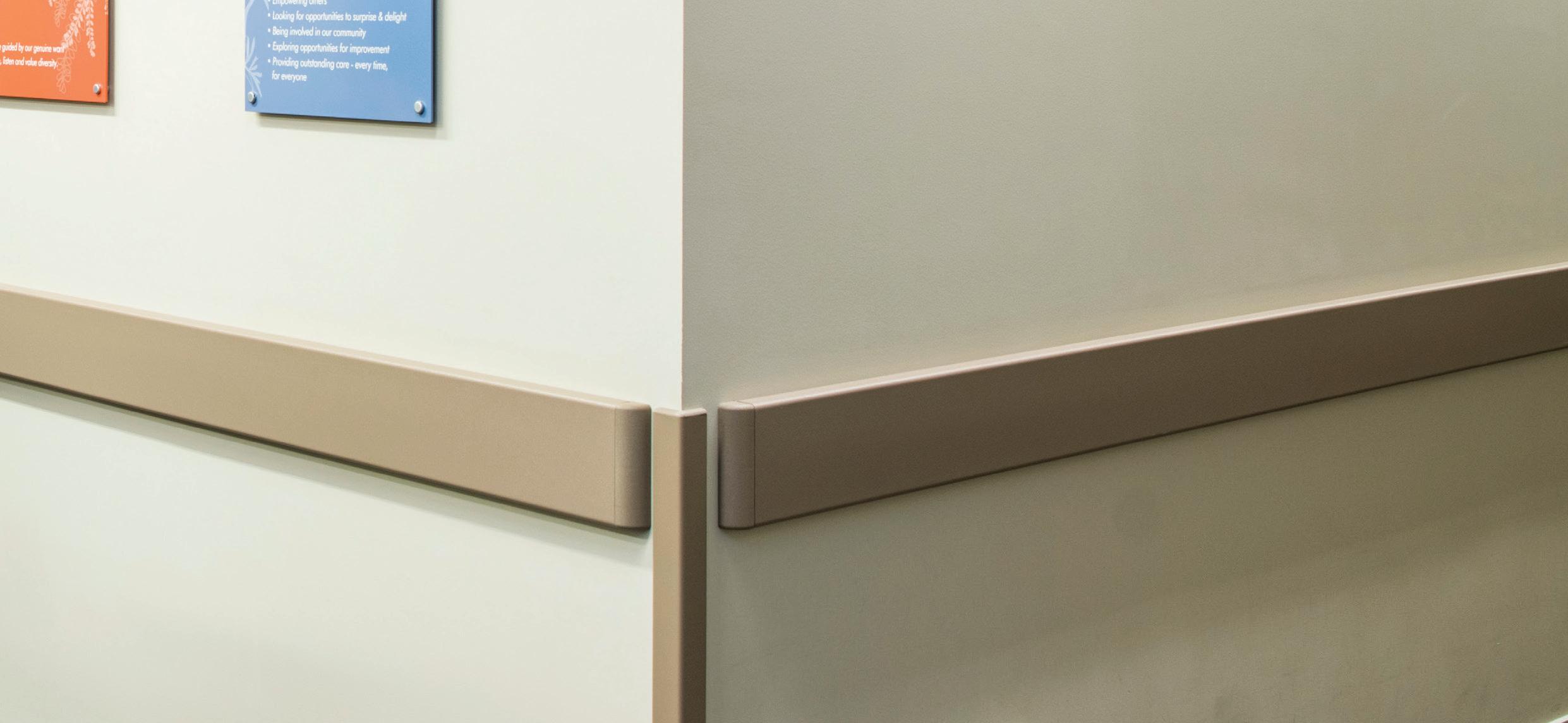



































Healthify website is one place for New Zealanders to find health information and self-care resources. https://www.healthify.nz
Pharmacists are qualified to provide advice and treatment for:
☞ Athletes Foot
☞ B12 injection
☞ Constipation
☞ Cold Sores
☞ Coughs and Colds
☞ Conjunctivitis for those aged over 2 years
☞ Contraceptive pill










☞ Covid vaccinations and antivirals
☞ Dry skin, nappy rash, small patches of impetigo (less than 3 areas), abrasions, bruises, insect bites & sunburn
☞ Emergency contraception
☞ Head lice
☞ Mouth ulcers
☞ Pregnancy vaccinations
☞ Pain relief
☞ Piles
☞ Flu vaccinations
☞ Hay-fever
☞ Sore throats & earache for less than 3 days
☞ Smoking cessation
☞ Thrush (between ages 16 to 65)
☞ UTI (between ages 1665, not pregnant)
☞ Warts & verruca’s
Our Health Coaches offer advice, support and help navigate you towards community support: (All consultations are free of charge)
☞ Quitting smoking
☞ Drugs & alcohol support
☞ Pre-Diabetes advice
☞ Setting health goals
☞ Advice on benefits, housing, home care, children’s and older people’s services, family support.
☞ Exercise tips and support
Our Health Improvement Practitioners can help with: (All consultations are free of charge)
☞ Anxiety
☞ Mental Health
Clinical Pharmacists can:
☞ 3-6 monthly medication reviews
☞ Lifestyle changes
☞ Depression
☞ Offer advice on any medication problems/queries
☞ Help and advice on financial matters, benefits such as WINZ and job seeking
☞ Diet and lifestyle support
☞ Social Isolation
☞ Sleep problems
☞ Assist with patients wishing to potentially decrease their medication
☞ Blood pressure
Our Nurse Prescribers and Community Nurse Prescribers can:
☞ Prescribe and treat minor ailments such as rash/spots, wound infections, eczema etc.
☞ Long term conditions
☞ UTI & STI checks + treatment
☞ Diabetes check + treatment
AND can help with multiple medical conditions including:
☞ 3-6 monthly med reviews
☞ ACC injury assessment + registration
☞ Eczema + other skin conditions
☞ Driver’s licence medicals
☞ Women’s health (contraception, menopause, breast concerns)
Our Registered Nurses are able to do:
☞ Blood pressure checks
☞ Wound management
☞ Child Immunisations
☞ Cervical Screening
Practice Plus is:
☞ Same day clinical appointment
☞ Prescriptions sent to your Pharmacy
Our GP’s can:
☞ Assess and treat all ailments, conditions and diseases.
☞ Minor surgeries etc.
Urgent Care can:
☞ Urgent health care appointment
☞ GP & Nurse visit
☞ For patients who cannot see their GP
☞ Contraception
☞ Spirometry
☞ Infusions
☞ Weekdays 5pm – 10pm
☞ Public Holidays 8am – 8pm
☞ Steroid Injections
☞ Sports medicine
☞ Medicals
☞ Accident and injury treatment
☞ X-Ray services
☞ Visitors to Marlborough needing treatment
☞ Stress /Burnout
☞ Offer education session for patients on their medication
☞ Long term conditions management
☞ Treat minor ear & eye infections
☞ Blood pressure reviews
☞ Long term conditions clinic –review conditions such as; Asthma, COPD, Heart Failure, Gout, Cardiovascular disease
☞ Travel consults + vaccination
☞ Ear Suctioning
☞ Other vaccinations
☞ For enrolled, un-enrolled & international people
☞ Long-Acting Reversable Contraception removal + insertions, such as IUD’s & Implants
☞ 8am to 8pm daily

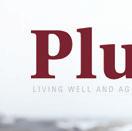














The decision to about where to spend your golden years can be a tough one. Financial stability, health needs, a social circle and lifestyle preferences all play a part – but find out why one woman decided to put her grandkids above everything to help make her decision. This issue of Plusliving also examines the benefits of finding romance in midlife – something that might help battle another big concern we look at today; the growing loneliness crisis in New Zealand. Elsewhere, find out some of the health benefits that come with your SuperGold Card, try out our simply delicious recipes, and take our speed-reading test!
Enjoy.
FREE distribution maximises readership
Publisher: The Job Agency Ltd 38 Lowe Street, Addington, Christchurch 8011
Managing Director: Gary Collins
GM of Operations: Kylie Palermo
Sales Manager: Angela Elley (03) 961 5184 | sales@markat.co.nz
Art Director: Jarred Shakespeare (03) 961 5088 | jarred@markat.co.nz
Design: Jessica Ann
Product Coordinator Manager: Amber Mundy (03) 961 5075 | amber@markat.co.nz
Accounts: (03) 961 5050 | accounts@markat.co.nz









































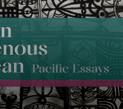






















Please
Disclaimer















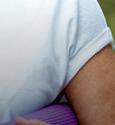






























































Welcome to Plusliving – the magazine dedicated to living well and ageing gracefully in modern society. Aimed at the 50+ age group, you’ll find articles covering all aspects of contemporary life, including physical health and wellbeing, mental health and acuity, home life, working life and finances, technology, travel, self-improvement and more. Our aim is to provide information anyone can use, on any given day, so you can get more out of life.
This publication is provided on the basis that The Job Agency Ltd is not responsible for the results of any actions taken on the basis of information in these articles, nor for any error or omission from these articles and that the firm is not hereby engaged in rendering advice or services. The Job Agency Ltd expressly disclaim all and any liability and responsibility to any person in respect of anything and of the consequences of anything done, or omitted to be done, by any such a person in reliance, whether wholly or partially upon the whole or any part of the contents of this publication. Advertising
contained in














By Jamie Quinn




The Ecology Element dinnerware combines style and practicality, available as individual pieces or a 12-piece set. Designed for everyday use, it’s both microwave and dishwasher safe, making mealtime effortless and elegant.
RRP $249.00 www.briscoes.co.nz







The Lola Velvet Cushion adds a touch of elegance with its soft cotton velvet front, dyed-to-match cotton canvas reverse, and refined flange edge detailing. Perfect for layering or as a statement piece, it brings both style and comfort to any space.
RRP $69.99 www.adairs.co.nz










Design Republique Gem Stripe Side Table


The Gem Stripe Side Table is a perfect fusion of art and functionality. Its cylindrical silhouette features a delicate mosaic of shimmering green and ivory stripes, creating a serene and elegant aesthetic.
RRP $399.90 www.bedbathandbeyond.co.nz












The Hampton Swivel Chair in oatmeal combines modern elegance with ultimate comfort. Its soft upholstery adds warmth to any space. Designed for versatility, this stylish chair smoothly swivels 360 degrees, making it a perfect addition to any room.





RRP $1599.00 www.targetfurniture.co.nz

DISCLAIMER: Please note prices listed here are recommended retail pricing. Prices are subject to change at the discretion of the seller. The information on this page is for information purposes only. The Job Agency T|A Markat assumes no liability or responsibility for any inaccurate, delayed or incomplete information, nor for any actions taken in reliance thereon.
Elevate your space with this premium artisan rug, featuring a stylish mottled stripe pattern in a rich rust tone. Crafted from 90% wool, it adds warmth and texture to your bedroom, foyer, or living area.
RRP $999.00 www.farmers.co.nz

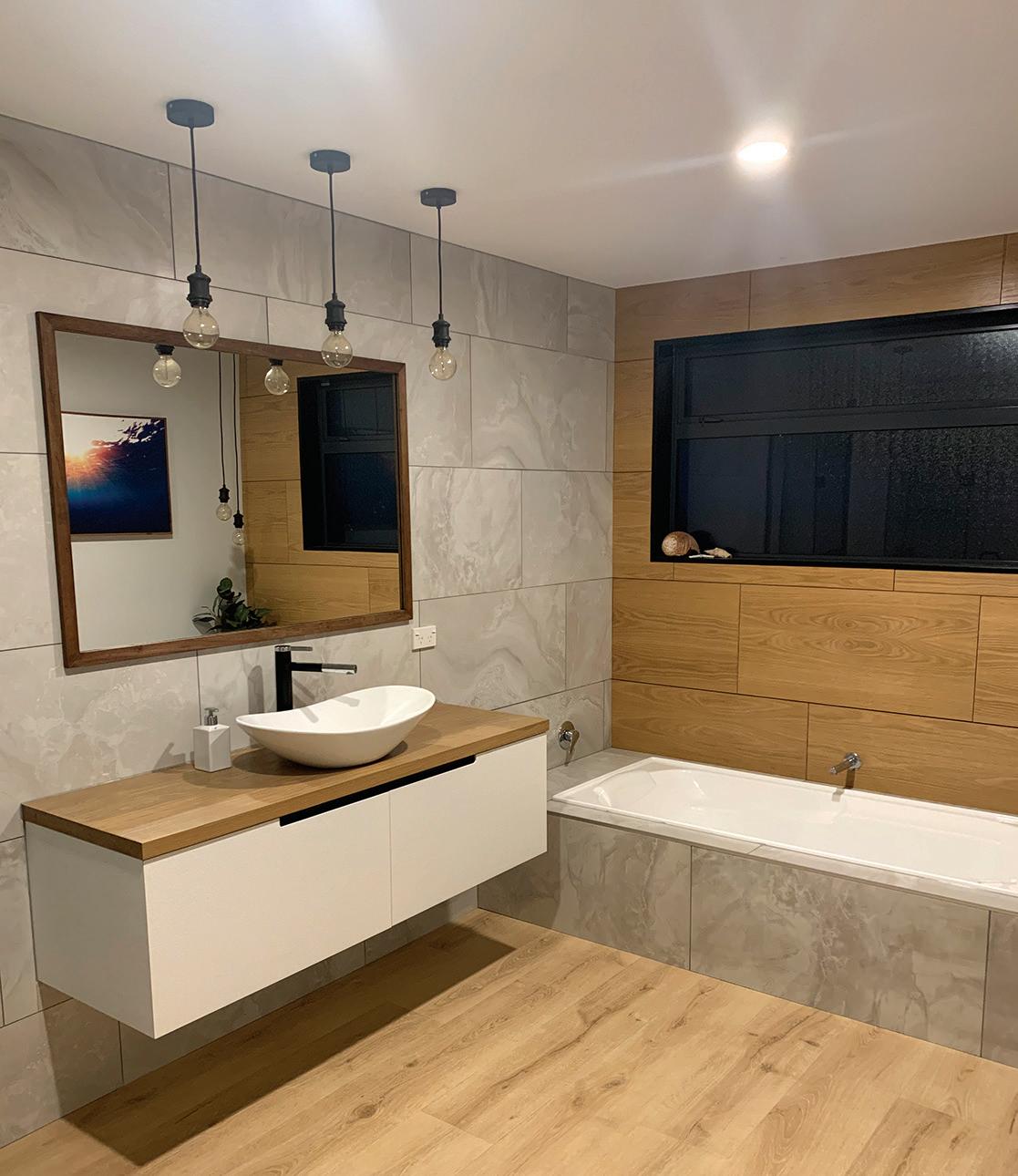

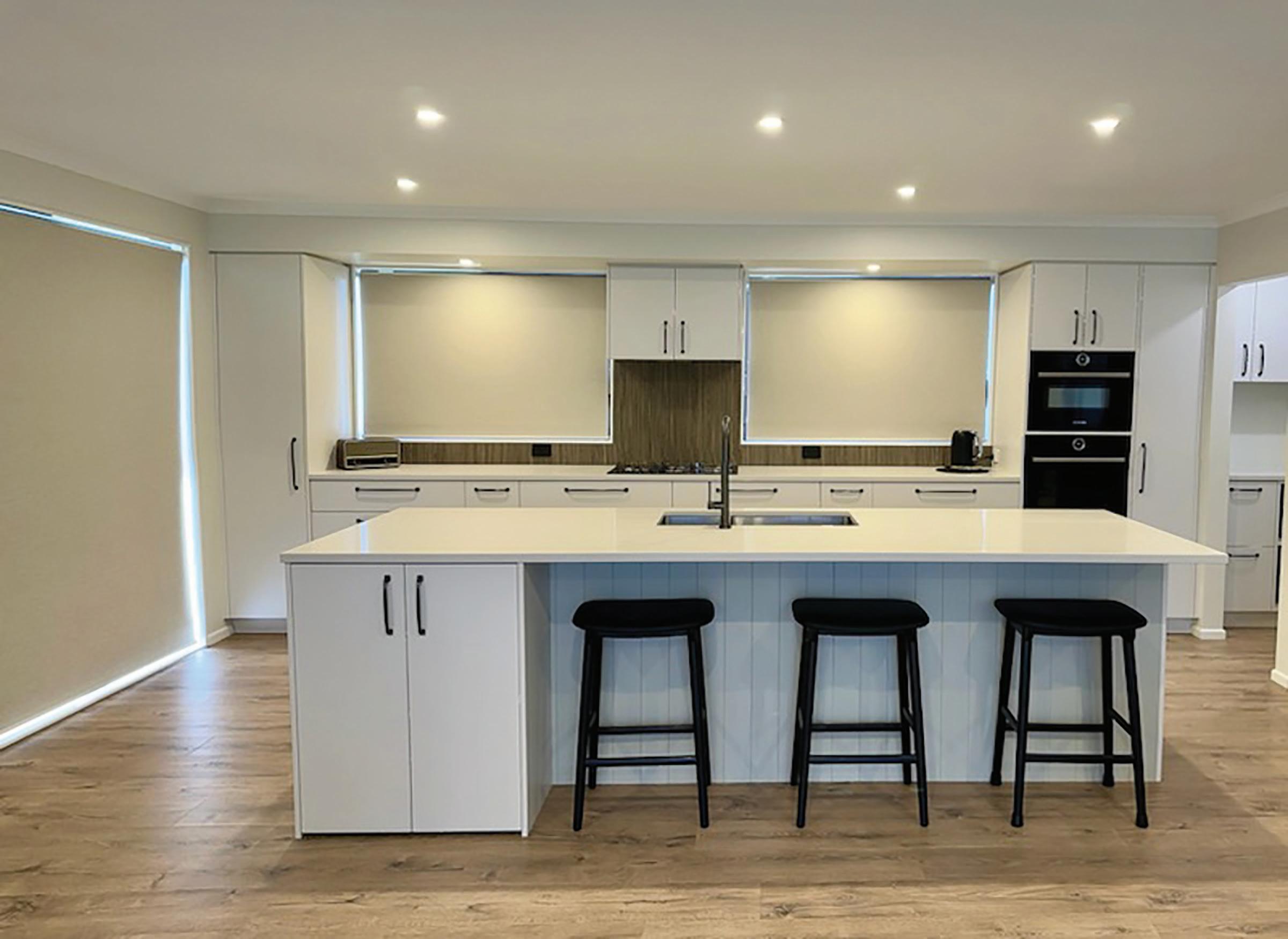

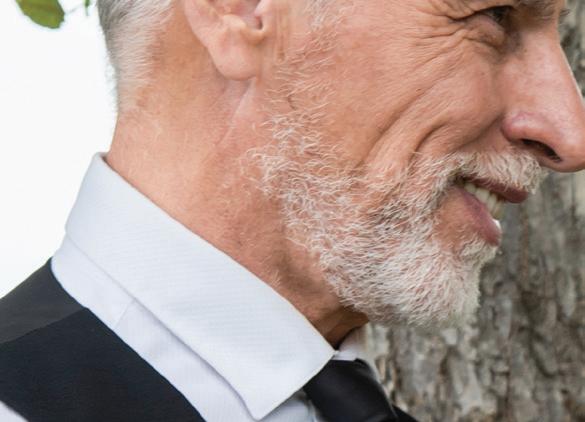


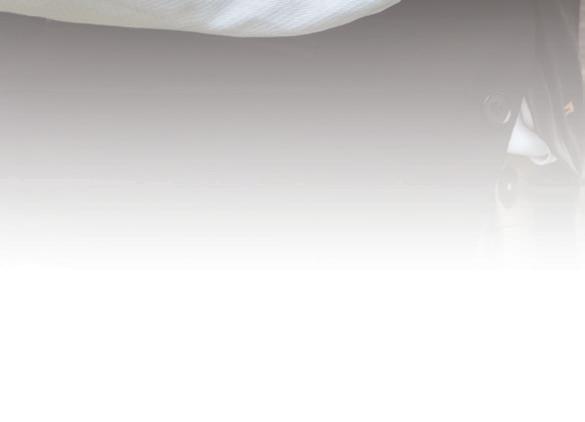

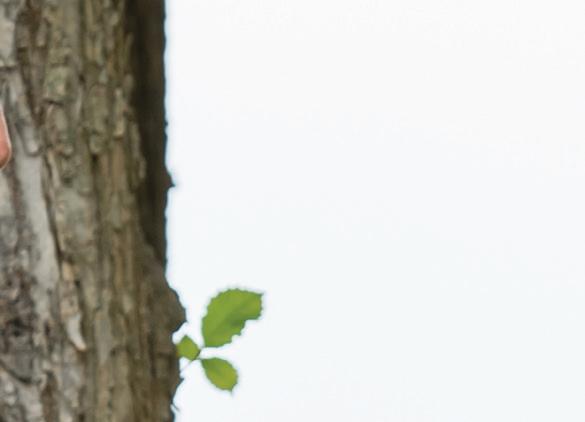





By Jamie Quinn

Love doesn’t come with an expiry date. Whether you’ve found your person after decades of searching, reconnected with someone from the past, or are ready to formalise a long-time relationship, getting married later in life is becoming increasingly common.

Longer lifespans, better health, and financial stability are part of the reason weddings aren’t just for the young anymore. In fact, in the UK, marriage rates for men and women over 60 have surged by 33% and 56% in a single decade, even as overall marriage rates drop. In the U.S. and New Zealand, similar trends reflect a growing interest in formalising long-term relationships once lived.
But marrying after 50 (or even later) comes with unique wrinkles to smooth out. It’s not just about RSVPs and flowers, it’s about merging distinctly lived lives, with established assets, children, retirement plans, and habits. That weaving together of two futures can be incredibly rewarding, with thoughtful planning.
Stronger nancial foundation
Later in life, unions often mean merging assets, providing more safety nets, stronger credit, combined incomes, and sometimes





improved tax benefits. Married couples may benefit from higher tax allowances or greater mortgage potential, while other benefits become available or enhanced.
Emotional security and legal clarity
Formalising a long-term relationship sends a powerful message to each other, as well as to family, friends, and official bodies. Marriage brings rights that cohabitation doesn’t grant: inheritance protections, next-of-kin status, and hospital visitation rights.

Health, life and pension bene ts
Some private health insurers allow couples to join joint policies, which can reduce costs or expand coverage. Marriage also simplifies matters like naming beneficiaries on life insurance and accessing funds in the event of a partner’s death.
Getting married at any age involves blending your finances, families, and futures—but when it’s later in life, the details matter more.
One of the biggest practical considerations is money. By the age of 50+, most people have investments, retirement accounts, property, or business ownership. Figuring out how to combine finances (or whether to combine them at all) is a conversation worth having early. Some couples prefer to keep things entirely separate, especially if they’ve been independent for a long time or have children from previous relationships. Others may opt for a shared account for household expenses while maintaining their own accounts on the side.




The “yours, mine, ours” strategy is popular because it allows independence while covering shared costs, without surprises.
Then there’s estate planning. It’s not the most romantic topic, but it’s one of the most important. Wills may need updating, trusts might need reviewing, and beneficiary designations on insurance policies and retirement accounts should reflect your new marital status. Without proper planning, assets you intended for children or grandchildren might not end up where you want them to. Similarly, discussing power of attorney and advance directives ensures both partners are protected and clear on responsibilities in the event of illness or incapacity.

Beyond the practical, there’s the emotional landscape to consider. Many older couples have children, sometimes adult ones, and those dynamics can add a layer of complexity. Some children may feel uncertain about a parent remarrying, especially if there are concerns about inheritance or family traditions. These worries are normal and can usually be eased with honest conversations and thoughtful reassurance. Being upfront about plans, showing that everyone’s role in the family still matters, and clearly explaining how assets will be managed can go a long way.

Despite the logistics, there are plenty of benefits to marrying later in life. Emotional connection tends to run deeper and be based on


genuine compatibility, rather than fleeting attraction. By now, most people have lived through enough life to know what matters and what doesn’t. There’s often more patience, more listening, and more room for individuality within the partnership. Instead of building a life from scratch, you’re choosing to share the one you’ve each created.
There’s also a sense of freedom that comes with marrying at this stage. There’s less pressure to “do it right” in the traditional sense. Weddings can be intimate and personal, reflecting the unique story of the couple, rather than following a formula. You don’t need a huge party or elaborate traditions if that’s not your style. Some couples marry barefoot on the beach, others in their back gardens surrounded by grandchildren. The beauty of marrying later is that it can look however you want it to.
Marriage later in life is about creating a stable, supportive partnership with the benefit of life experience behind you. It doesn’t need to follow a template or prove anything to anyone. It just needs to make sense for the two people involved.


So if you’re considering walking down the aisle in your 50s, 60s or even beyond, go for it. Just do it with your eyes open, your heart full, and your paperwork in order. Because when love shows up later in life, it deserves to be celebrated with intention, with care, and with confidence in the future you’re building together.









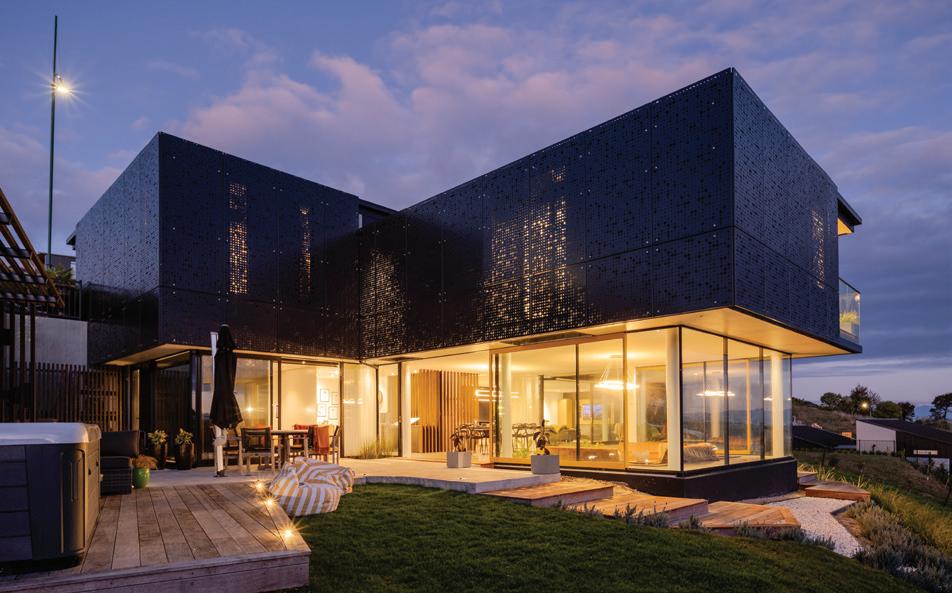






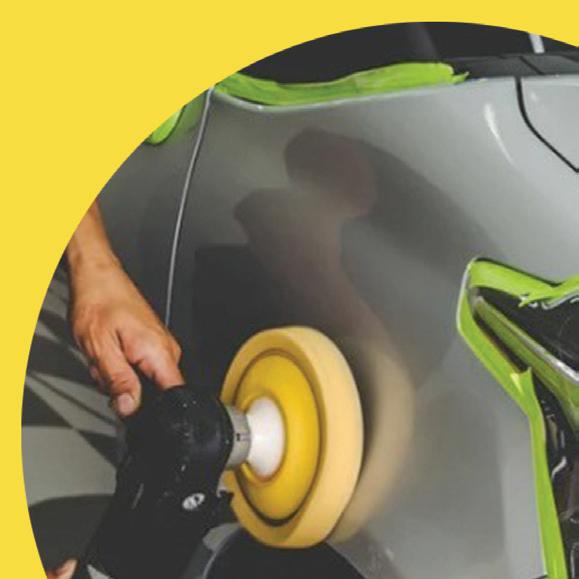




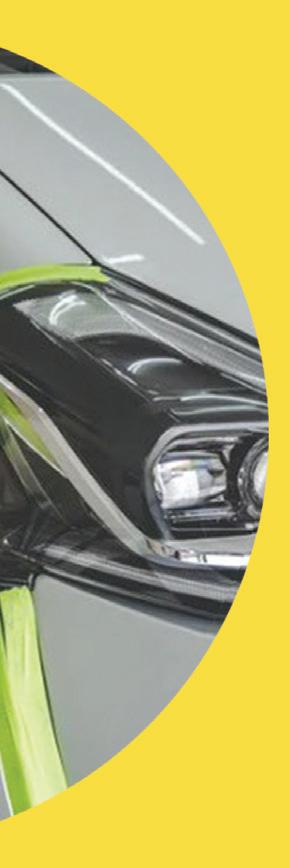
By Jamie Quinn
For many retirees, the decision about where to spend their golden years involves weighing up nancial stability, lifestyle preferences, health needs, and social connections. But for one recent retiree, who has chosen to stay anonymous, it all came down to one powerful motivator: family.
routines, favourite places. Starting over socially at this age is a bit daunting. I’m also adjusting to a different pace of life and a new climate, which are bigger changes than I expected.”
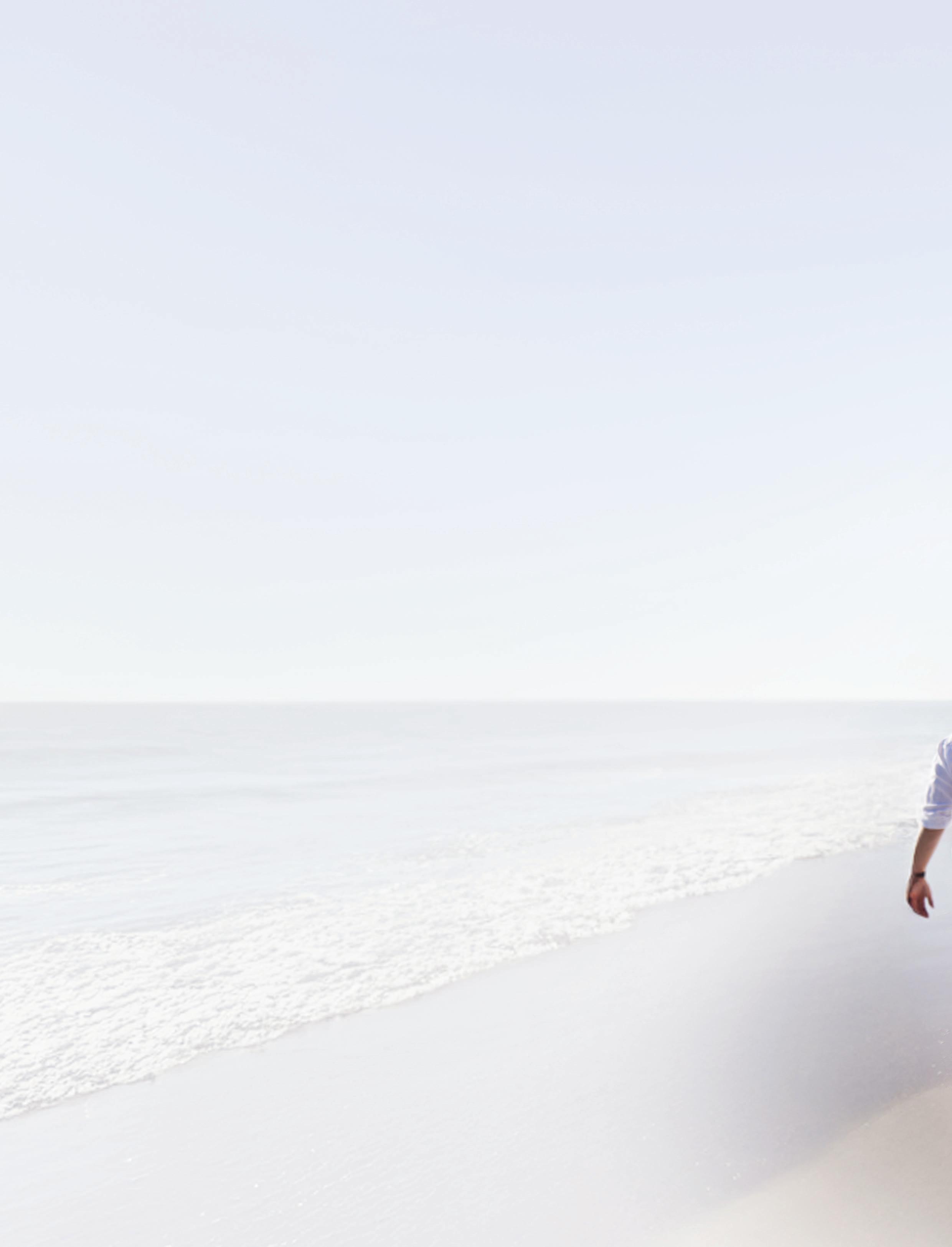


“I found myself wanting to be more involved in my grandchildren’s lives and to have that regular face-to-face connection with my children,” she says. “Health did play a part too. While I’m in reasonably good shape now, I know there may come a time when having family nearby could make a real difference.”
That emotional pull, the desire to be part of everyday life, not just the big milestones, became the deciding factor in leaving behind a long-time home and familiar community in favour of being closer to children and grandchildren.

The choice wasn’t without sacrifices. For years, this retiree had lived by the beach, surrounded by a close-knit group of friends. The decision to move to a more suburban and slightly more expensive area wasn’t easy.
“Being close to family took priority,” they explain. “I gave up some lifestyle perks I had in my previous location, like being near the beach and having a tight-knit friend circle, but it felt like the right trade-off. The area I moved to is a bit pricier and more suburban than what I was used to, but it’s worth it to be able to attend school events, birthdays, and just pop over for a cup of tea.”
There was a time when they considered simply visiting family more often instead of relocating entirely.

“Yes, that was something I thought about for a while. But in the end, the cost and energy involved in constant travel started to wear on me. I wanted to be part of everyday moments, not just the big visits a few times a year. Relocating gave me the chance to be present without the hassle of planning every interaction.”
It’s a distinction that can be difficult to appreciate until you’re living it, being there for the unplanned cup of tea, the last-minute school assembly, or a sick day when a little help goes a long way. For grandparents in particular, these moments can create a deep and lasting bond with grandchildren, and bring fresh purpose to life after retirement.
With the move came some changes in how this retiree now envisions their retirement.
“I’ve had to rethink things a bit. I might not travel as far or as often as I’d originally planned, simply because I want to be around for family events now. But I’ve also discovered new hobbies, like volunteering at my grandchildren’s school. And I’m slowly getting involved in local community groups. So, while some plans shifted, new opportunities opened up.”

It’s something that will resonate with many older adults who’ve watched their children grow into busy parents and professionals. While visits and video calls are wonderful, they don’t always replace the warmth and spontaneity of sharing day-to-day life.
Of course, relocating at any stage of life is challenging, especially when it means leaving behind a well-established support network.
“Leaving behind my community was tough,” she admits. “I’d lived in my previous home for decades and had built a life there, friends,

Being close to family took priority, I gave up some lifestyle perks I had in my previous location, like being near the beach and having a tight-knit friend circle, but it felt like the right trade-o . e area I moved to is a bit pricier and more suburban than what I was used to, but it’s worth it to be able to attend school events, birthdays, and just pop over for a cup of tea.


It’s not uncommon for those who relocate to discover that new routines and connections start to fill in the gaps once held by familiar places or long-time friendships. Volunteering, community centres, and neighbourhood groups can provide much-needed social interaction and a sense of contribution that’s especially valuable in retirement.
Making a big move in later life isn’t just an emotional decision, it comes with financial and logistical considerations, too. One of the biggest lessons from this retiree’s experience is the importance of financial foresight.
“I’d say don’t underestimate the cost of selling and buying property, especially if you’re moving to a more expensive area,” she advises. “Also, think long-term. Just because you’re near family now doesn’t guarantee they’ll always stay in the same place. Have a solid budget, factor in healthcare access, and be cautious about downsizing too drastically if it means losing things that bring you joy.”
From legal and real estate fees to the price of furnishing a new home, the costs can quickly add up. Then there’s the emotional cost, letting go of a home full of memories, navigating feelings of homesickness, and managing expectations about what life near family will look like day to day.
It’s also worth noting that moving closer to family doesn’t mean giving up your independence or expecting to be taken care of. For this retiree, it’s about balance.

“Being close doesn’t mean being dependent,” she reflects. “It means I’m nearby if needed, and I get to be involved in a way that’s natural and easy. I still have my own place, my own schedule, but now I can be there when it really matters.”
That kind of presence, consistent, supportive, and not overbearing, can enrich relationships across generations. And for many older adults, it also alleviates anxiety about what the future might bring, knowing that loved ones are close by if circumstances change.
Relocating in retirement may not be the right choice for everyone. Some may prefer the climate, pace, or amenities of their current community. Others might not have family they want to move closer to, or they may find joy in regular travel rather than settling nearby. But for this retiree, the decision was clear.
“For me, the biggest factor was the emotional pull of family,” she says simply.
It’s a sentiment that’s hard to argue with. After all, in a life filled with experiences and transitions, there’s something timeless and deeply grounding about coming home to family, to love, and to the daily rhythm of being together.




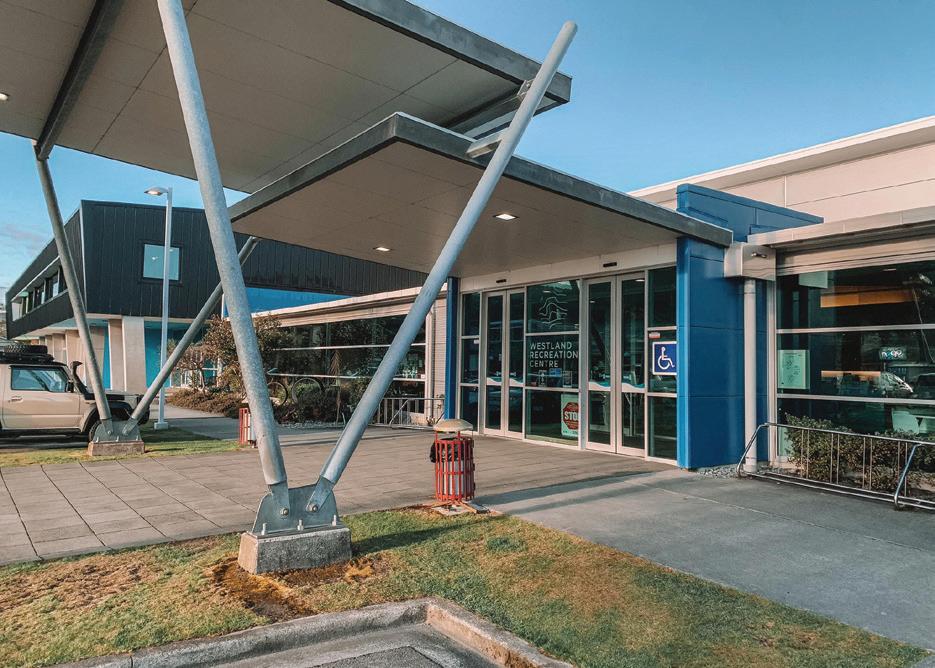
83 High Street, Greymouth
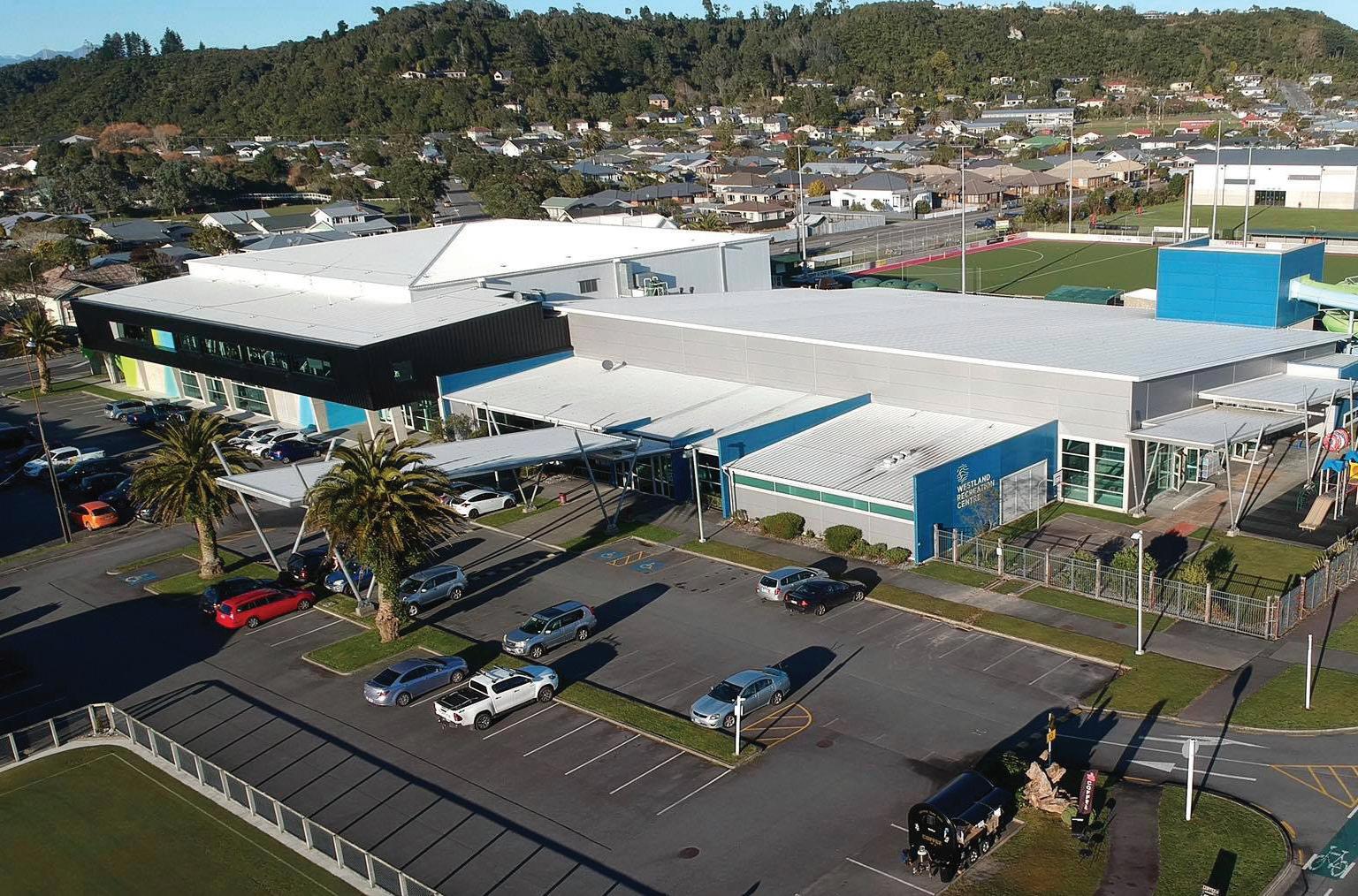

By Jamie Quinn
e idea of a “zero-waste kitchen” can sound a bit intimidating. It’s not about doing everything perfectly. It’s about making small, thoughtful choices that help cut back on waste, save you money, and create a kitchen that feels good to live and cook in.
Whether you’re ditching plastic wrap for reusable beeswax wraps, finally starting that compost bin, or just trying to shop smarter, every little bit helps. And over time? It adds up in a big way.
There’s a lot to love about a low-waste kitchen. For one, you’ll be sending less to the landfill, which is great for the planet. But there are personal wins, too: when you’re planning meals and buying only what you need, you waste less food (and money). Swapping out single-use plastics for reusable storage options also means less clutter in the cupboards and drawers.
The benefit is that focusing on fresh, whole ingredients instead of pre-packaged stuff naturally leads to healthier meals. You’re not just reducing waste; you’re building a kitchen that supports the kind of life you actually want to live.
You don’t need a fancy system or a minimalist aesthetic to make a difference, just a few habit tweaks.
For starters, food waste is a big one. Try meal planning, storing produce properly, and getting creative with leftovers. Veggie scraps? Great for homemade broth. Overripe bananas? Banana bread. Herb stems? Chuck them in a sauce or smoothie.
Then there’s composting. Even if you’re not a gardener, setting up a small compost bin means your food scraps can go back into the earth instead of the landfill. Bonus: If you are a gardener, your soil will love you for it.
As for packaging, reusable containers are your best friend. Think jars, glass or stainless-steel containers, beeswax wraps, and cloth produce bags. Buy pantry staples in bulk where you can, and always bring your own bags when you shop. It’s one of the easiest switches you’ll ever make.
And don’t toss things just because they look like “waste.” Old jars make great storage. Tired T-shirts can become cleaning cloths. Citrus peels? Pop them in vinegar for an easy DIY cleaner that smells incredible.
One of the best ways to go low-waste is by cooking more from scratch. Not only do you skip all the excess packaging, but you’re also in control of your portions, so less ends up in the bin. Eating seasonally and buying local supports farmers, reduces food miles, and often tastes better, too.
Learning how to store food properly is a gamechanger. Wilted greens and spoiled leftovers will be a thing of the past with the right containers and a bit of know-how.
You don’t have to overhaul your life to start living more sustainably. Start small. Choose one swap that feels doable, maybe it’s switching to reusable containers or keeping a little compost bin on the bench. The rest will follow.
Before you know it, you’ll have a kitchen that works harder, wastes less, and feels better to be in. No guilt, no pressure, just practical, planet-friendly habits that stick.

Have your
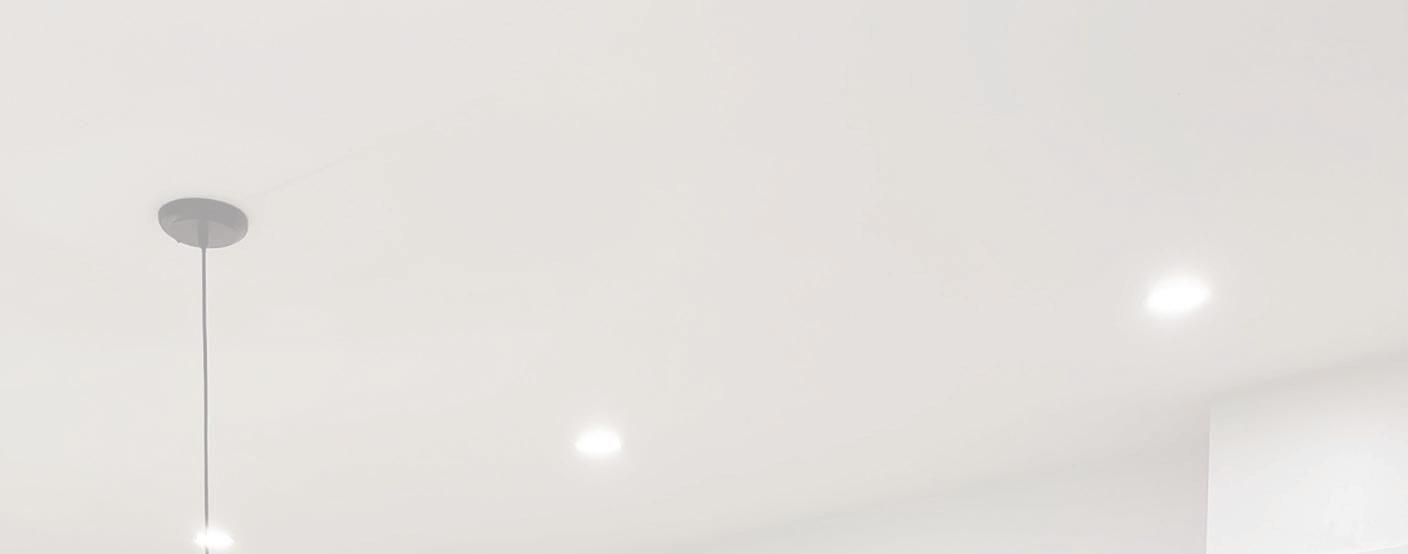
Kitchens
Wardrobes
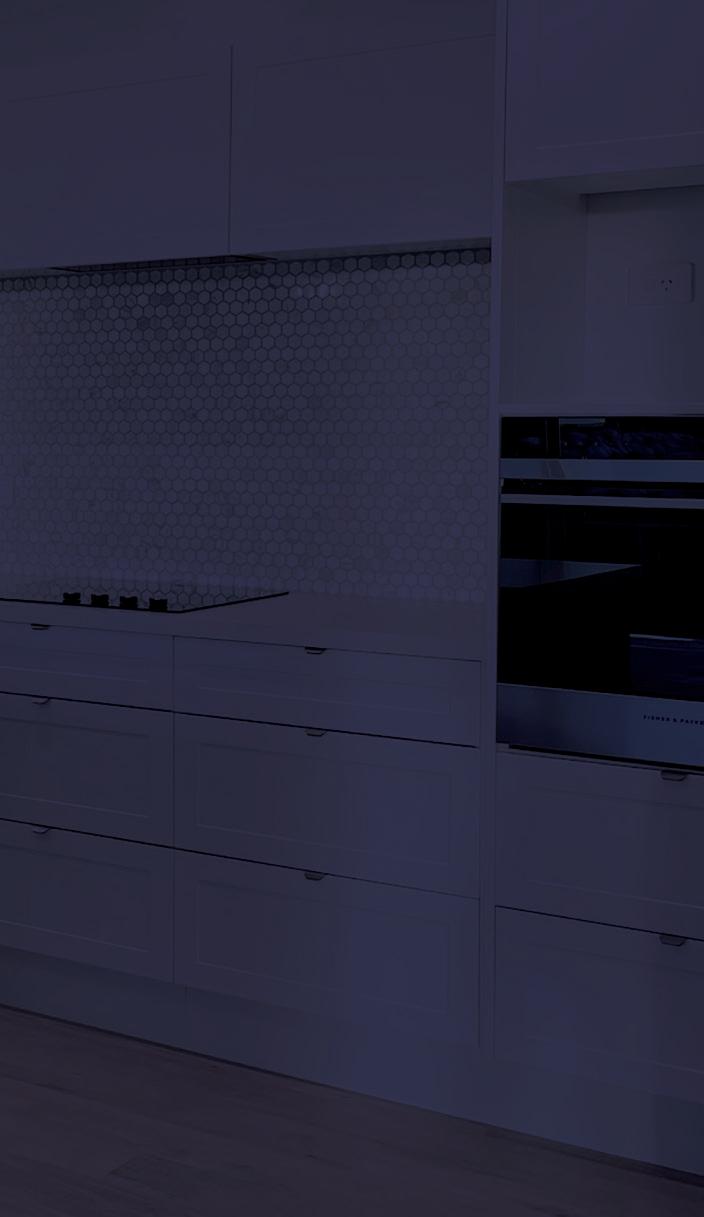
Glacier Joinery offers tailored joinery solutions for homes, offices, hotels, and commercial ventures, using top-quality materials and skilled craftsmen for cabinetry and woodwork design and construction including:
Wooden Stairs
Cabinets
Gates
Vanities
Shelving







According to the Retirement Commission, more people are working for longer, with one third of New Zealand’s workforce being aged 55+, as well as having one of the highest rates of people aged 65+ still working.
So, while changing careers later on might seem like a bold move, for many, it is the start of a more fulfilling and purposeful chapter that can last for years to come. Whether driven by the desire for greater satisfaction out of your work, the need to adapt to industry changes, or even just wanting a better work-life balance, changing career direction is more achievable than ever. With decades of personal and professional experience behind you, this is your chance to reshape your working life on your own terms.

By Paige O'Brien
You also carry a wealth of knowledge, resilience and insight. Years of working through workplace dynamics, leading teams, solving problems, and managing deadlines have given you transferable skills. These can be undervalued by job seekers but are highly sought after in many industries. Leadership, communication, critical thinking, and adaptability are key assets in sectors such as consulting, education, social services and many more.


At this stage of life, many people can start to feel a disconnect between their day-to-day work and what they truly want. Maybe you have just reached the top of your ladder, only to realise it is leaning against the wrong wall. Maybe the industry you once loved and thrived in has changed more than you can recognise, leaving you feeling out of step. Or maybe you’re just ready to leave behind the stress of a fast-paced career for something slower, more meaningful, and flexible.
If you are serious about making a career change, there are some clear steps you can take to help the transition be smoother:
First, seek mentorship. Find people who have made similar moves or are successful in your field of interest. Their guidance can help you avoid making common mistakes and better understand what to expect. They may also be able to introduce you to opportunities or contacts that can open doors.


One of the greatest strengths you bring to the table is a deep understanding of who you are. This is the best time to rediscover your passions, those interests or aspirations you may have set aside due to practicality, family, or earlier career priorities. Think back to what excites you, what you enjoy doing without some sort of reward, and where your talents naturally come out. These passions can be massive indicators of your next direction.


Second, take the time to upskill or reskill. This could mean returning to study, taking online courses, or learning on the job through internships or side projects. If you are interested in a growing field like digital marketing, healthcare administration, or virtual assistance, gaining some new tech skills will help boost your confidence and your employability.


Third, start building a bridge to your new career through small, low-risk steps. Side projects, freelancing, or volunteering can be a great way to test the waters. Not only do these ways give you hands-on experience, but they also show initiative and commitment, something that can go a long way with employers or clients.




Certain industries are especially welcoming to mature professionals. Consulting is one way, allowing you to turn your expertise into a business, helping others. Virtual assistantship offers flexibility and a chance to support organisations remotely, sometimes on your own schedule. Education and training can be especially rewarding, with opportunities to tutor, mentor or even retrain as a teacher. Non-profit and social services are good options for those looking for purpose-driven work, while healthcare administration has stability and demand without needing clinical qualifications. Entrepreneurship is an exciting option for those wanting and ready to create their own venture, leading with passion and purpose.



Lastly, build your network. Reach out to old colleagues, attend industry meetups, join professional groups, and connect with people online who are doing what you want to do. Most opportunities come through relationships, not job boards, so don’t underestimate the power of a conversation.

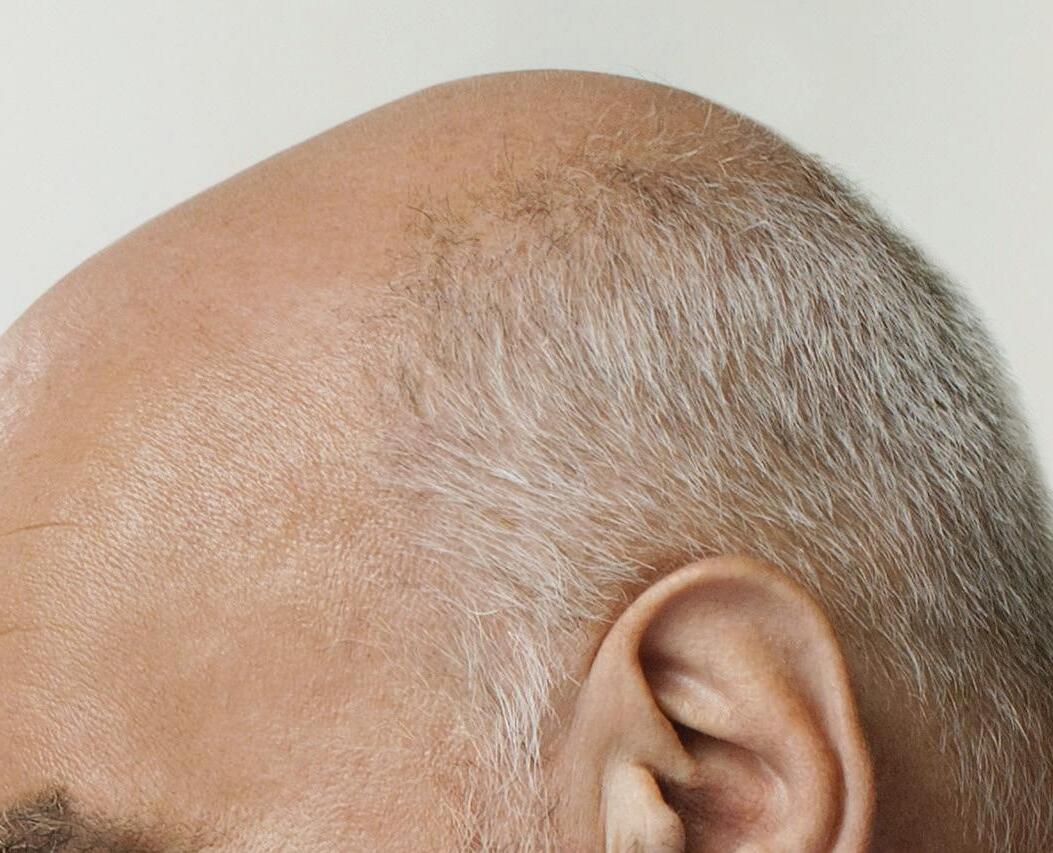
If you feel that you are ready to go for it, the first step is reflecting on your goals and transferable skills. What are you hoping to gain from this change: more freedom, a chance to give back, better income, or personal growth? It might help to make a list of all the skills you have gained so far and match them to your new direction.


Next, research age-friendly industries and understand the financial implications of the switch. Some changes may come with a temporary drop in income or require upfront investment in training. Being financially prepared and stable will reduce stress and give you more time and freedom to make decisions.
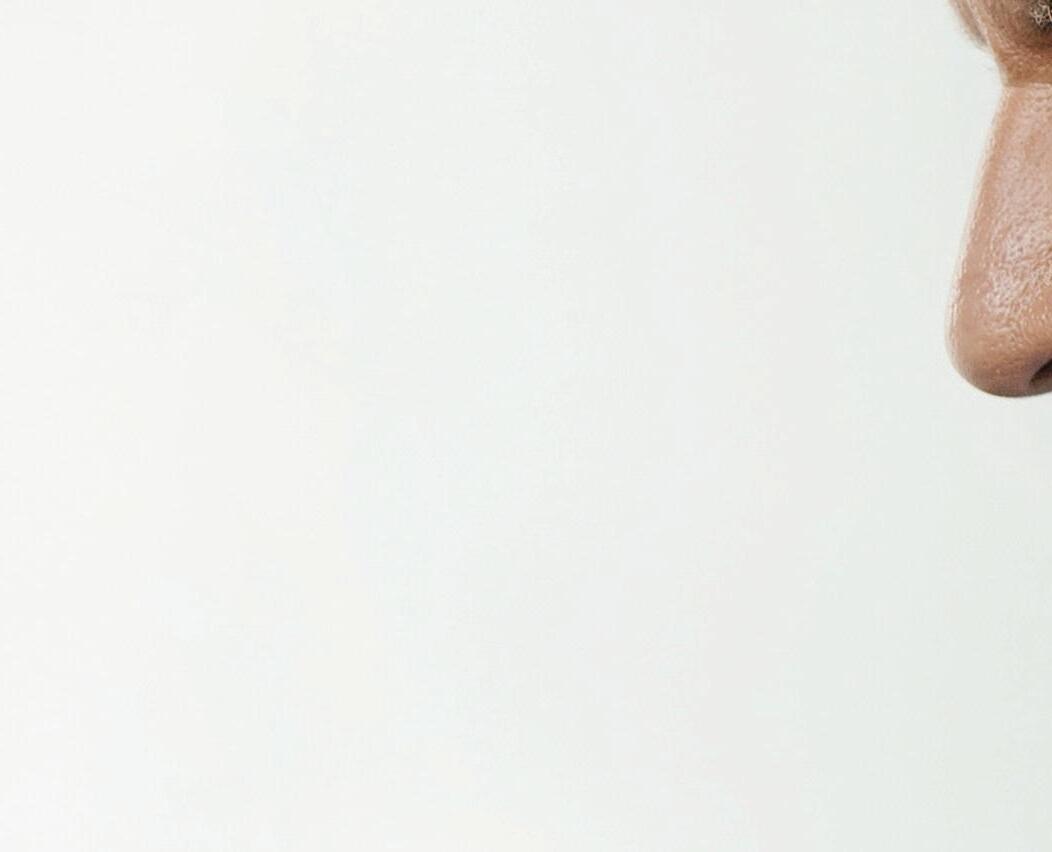
Changing careers later on isn’t about starting over from scratch; it’s about starting from experience. With clear goals, the right mindset and practical steps, you can recreate a working life that energises you, aligns with your values, and sets you up for a more enjoyable professional career for years to come. This is your chance to not only change course but build something new. You're not too late, you're right on time.


As you gain new skills and test out your options, it is also a good time to rebrand your professional identity. Update your resume, LinkedIn profile if you have one, and maybe even your wardrobe to reflect the direction you are heading. Frame your experience not as outdated by as a strength, proof that you can evolve, learn, and lead.



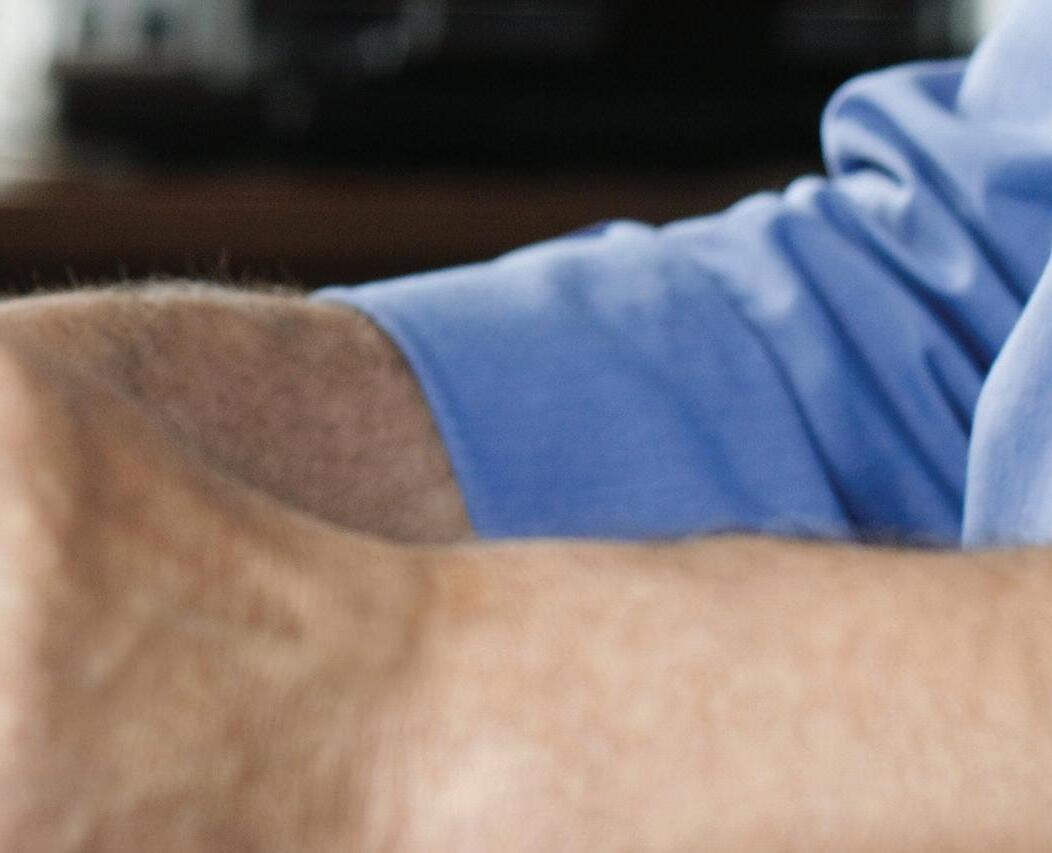











By Ben O’Connell
For as long as humans have been sleeping, they have been dreaming. Some say it’s the brain processing our days and experiences.
Some say it’s our brain setting goals, so dreaming about the future. And some say dreams have deep symbolism that is both highly individual and yet somehow universal. Decoding recurring dreams and patterns within them can have a profound impact on one's life.
Difficult emotions and significant life events can cause recurring dreams. Unresolved issues, unmet needs, conflicts, and tensions that, whether we are aware of them or not, can also increase their likelihood. The recurrence of a dream one had long ago can indicate that something in your current life requires you to revisit an old problem and remind yourself of how you handled it and the outcome.
Perhaps the most common recurring dream is that of being chased. It typically signals anxiety, stress, or avoidance. The pursuer in the dream may represent a real-life challenge, a difficult emotion, or an unresolved conflict. The act of running away in the dream can symbolise a desire to escape from something in waking life, whether it’s a responsibility, a relationship, or an internal struggle.
Dreams of falling are almost as common as those of being chased. While terrifying in the moment, these dreams often reflect feelings of insecurity, a loss of control, or a fear of failure. They may occur during times of transition or uncertainty, such as starting a new job, moving to a new city, or facing a major life decision.
Many adults report recurrent dreams of being back in school, often facing an important exam or realising they are unprepared.
These dreams usually surface during periods of self-doubt or when people are grappling with performance anxiety. They may also reflect a lingering sense of not meeting expectations, either your own or those of others.
Dreams about losing teeth are surprisingly common and can be quite unsettling. Psychologists suggest these dreams may be linked to feelings of powerlessness, concerns about appearance, or worries about communication. Some interpretations connect them to stress or even physical sensations, such as teeth grinding at night.
Water in dreams often reflects emotions and the subconscious. Calm water can symbolise peace and clarity, while turbulent or murky water may indicate anxiety or confusion. How you interact with water, whether that is swimming, drowning, or drinking, can reveal your comfort with your feelings or a need for emotional renewal.
Being naked in public is actually another common dream theme, too. This taps into deep-seated fears of exposure, vulnerability, or embarrassment. It often arises when people feel scrutinised or judged in their waking lives, or when they are navigating new social situations where they fear not fitting in.
While often exhilarating, flying dreams can have different meanings depending on the context. They may symbolise a desire for freedom, escape from problems, or a sense of achievement. Sometimes, they reflect a person’s aspiration to rise above challenges or gain a new perspective on life.
Recurring dreams are a bridge between your conscious and unconscious mind. They invite you to explore your inner world, confront your fears, and embrace growth. By listening to these nightly narratives, you can unlock a deeper understanding of yourself and move forward with greater clarity and confidence.
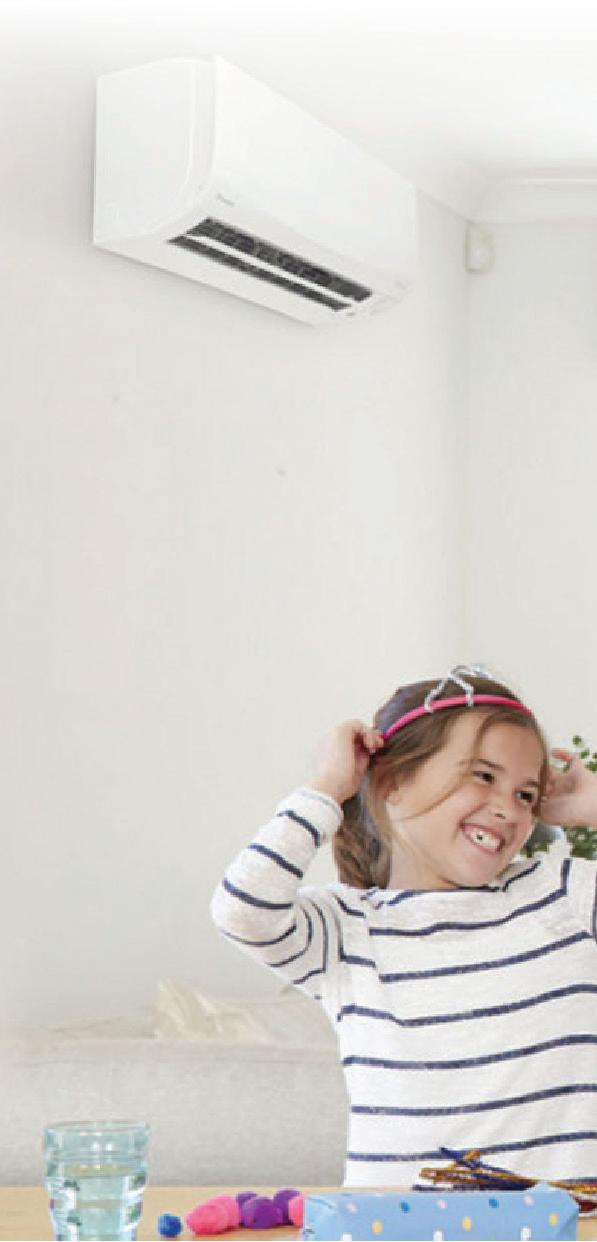







By Jamie Quinn
Serves 4-6
is simple and speedy roasted cauli ower and chickpea salad is sure to impress. Ideal for lunch or dinner! Enjoy it on its own or serve alongside your favourite protein.
Ingredients
• 1 whole cauliflower, cut into florets
• 1 400g can chickpeas, drained
• ½ red onion, thinly sliced
• 1/4C fresh parsley, roughly chopped
• 3 Tbsp dried cranberries

• Juice and zest of 1 lemon
• 1C Greek yoghurt
• 2 Tbsp fresh dill, chopped
• Olive oil
Serves 4
is one-pot slow cooker soup combines pumpkin, carrot, and spinach for a nourishing, easy meal.
Simply toss in the ingredients and let the slow cooker do the work.
Method
1. Preheat oven to 200°C fan bake. Arrange the cauliflower pieces on a roasting tray and drizzle generously with olive oil. Season with salt and pepper, then bake in the oven for 20–30 minutes, or until golden and tender. Remove and set aside to cool.

2. When the cauliflower has cooled to room temperature, place it in a large mixing bowl. Add the drained chickpeas, red onion, parsley, and cranberries, then toss thoroughly to combine.
3. Drizzle the salad with half of the lemon juice and zest, followed by a splash of olive oil. Season with salt and pepper to taste, toss to coat evenly, and transfer to a serving platter if desired.
4. For the yoghurt dressing, mix the remaining lemon juice and zest with the Greek yoghurt and half of the chopped dill. Season with salt and pepper to taste, then spoon over the salad.
Serving suggestion: Garnish with remaining dill and a squeeze of lemon. Enjoy!
Ingredients
• 1kg Pumpkin, cut into 2cm pieces
• 3-4 large Carrots, cut into 2cm pieces
• 1 bag (120g) baby Spinach
• 1 ½ tsp paprika
• 1 Tbsp crushed garlic
Method
• 1 Tbsp Honey
• 250ml beef or vegetable stock
• Fresh or soy cream to taste
• Boiling water
• Salt and pepper to taste
1. Place the Pumpkin, Carrots and Spinach into slow cooker.
2. In a small bowl or measuring jug, mix together paprika, crushed garlic, honey and stock until dissolved. Pour over vegetables.
3. Top vegetables with boiling water, stop just before covered. Slow cook on low for approx. six hours.
4. With a stick blender, blend soup until smooth. Add salt, pepper and cream to taste.
Serving suggestion: Serve with warm bread. Enjoy!
is simple chorizo and pea risotto is a no-stress dinner with big avour.
Smoky chorizo and sweet peas create a delicious balance in every creamy, comforting bite—perfect for a satisfying weeknight dinner.
• 1 Tbsp oil
• 200g chorizo, chopped
• 300g arborio rice
• 2 Tbsp white wine vinegar
• 1.2L chicken stock, heated until simmering
• 200g frozen peas
• 60g grated parmesan, plus extra to serve


1. Heat the oil in a large frying pan, add the chorizo and cook until it’s crisp and the oil has been released. Use a slotted spoon to remove a quarter of the chorizo and set it aside for topping.
2. Add the rice to the pan, stirring to coat it in the oil. Toast for a minute, then pour in the vinegar. Once the vinegar has evaporated, add a ladle of stock. Stir and allow it to absorb before adding more. Continue this process for about 20 minutes, until the rice is plump but still slightly firm in the centre.

3. Stir in the peas, parmesan, and the remaining stock. Mix well until the cheese has melted. Season with black pepper
Serving suggestion: Serve in bowls topped with the reserved crispy chorizo and a sprinkle of extra parmesan. Enjoy!
Kiwifruit and Pear Crumble is a warm, comforting dessert that comes together quickly.
With just a handful of ingredients, this easy-tomake treat is perfect for weeknights or when you're craving something sweet without the fuss.
6 Kiwifruit, peeled and cubed •
390g tinned Pears •
1 tsp, grated fresh ginger •
2 tsp, Lemon zest
• 1/2C Flour
• 1 tsp, ground cinnamon
• 1C Oats
• 1/4C brown sugar
• 80g, melted butter
• 1C whipped cream or yoghurt
1. Preheat the oven to 170°C (150°C fan-forced).
2. Place kiwifruit into a large bowl. Drain the pears, reserving ½ cup of liquid. Dice the pears and add them to the kiwifruit along with the liquid. Add fresh ginger and lemon zest, mix well.
3. Pour fruit mixture into an oven-proof dish.
4. To make the crumble topping, mix the flour, cinnamon, oats, brown sugar and melted butter together in a bowl. Spread the mixture evenly over the fruits.
5. Bake for 25 minutes until the crumble is golden.
Serving suggestion: Serve warm with a dollop of yoghurt or cream.
Nestled amidst the beauty of the Moutere Valley, Moutere Hills Restaurant offers an unmatched dining experience that caters to all senses.
As you step into the charming restaurant, the rustic elegance and warmth of the decor invite you to relax and indulge, overlooking the vineyard with beautiful views of the Kahurangi mountain range in the background. Jeremy and Imogen took over in late 2023 and have continued to grow the restaurant with creative new dishes and drinks, also adding exciting events such as wine makers dinners and our winter festival.
Our menu, crafted from the freshest local ingredients, promise a journey through the region’s seasonal flavours. Each dish is artfully prepared, balancing traditional techniques with modern culinary creativity. From tasty meats grilled to perfection to vibrant salads bursting with colour, our chef’s creations leave nothing to be desired.
We use local produce throughout the entire menu including fish, milk, cheese, eggs, lamb, black garlic, microgreens, fruit and vegetables

with boutique vineyards, local artisan


to name a few. Our soft drinks, beers and ciders are also locally made and our coffee is roasted less than 15kms away. Local produce and ingredients are very important especially when we have an abundance. These are showcased on our ‘Long Board’ which is five daily changing tapas dishes of local goodies designed as an entree to share or as a main to devour.
At the heart of our offering is our remarkable wine selection. Grown in the soils of our vineyard, our wines capture the unique characteristics of the region. Whether you prefer a robust red or a crisp white, each bottle complements our meals and lifts your dining experience to new heights.
We also cater to private events and special celebrations, providing a picturesque setting that turns every gathering into a memorable event. Our staff are dedicated to impeccable service, ensuring that every detail is taken care of so you can fully enjoy your time with us.
Join us at Moutere Hills Restaurant, where every dish tells a story of passion, and every sip brings you closer to nature. Experience dining at its finest, where ambience, food, and wine create perfect harmony. Make your reservation today and enjoy a memorable experience at the Moutere Hills Restaurant and cellar door.

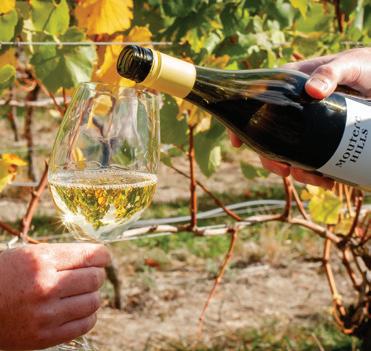

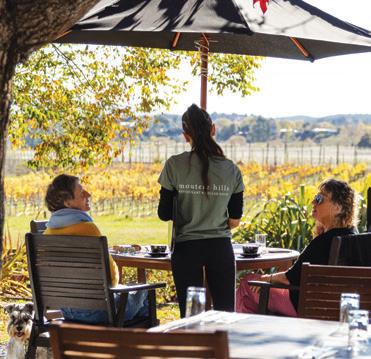
for
tasting.
www.timmillerplumbing.co.nz
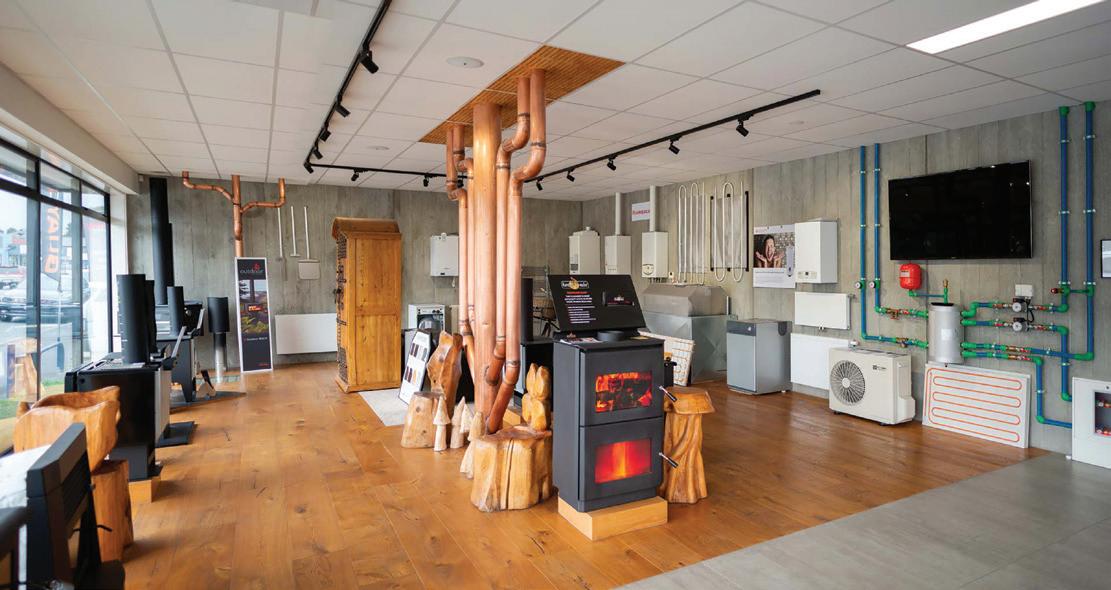

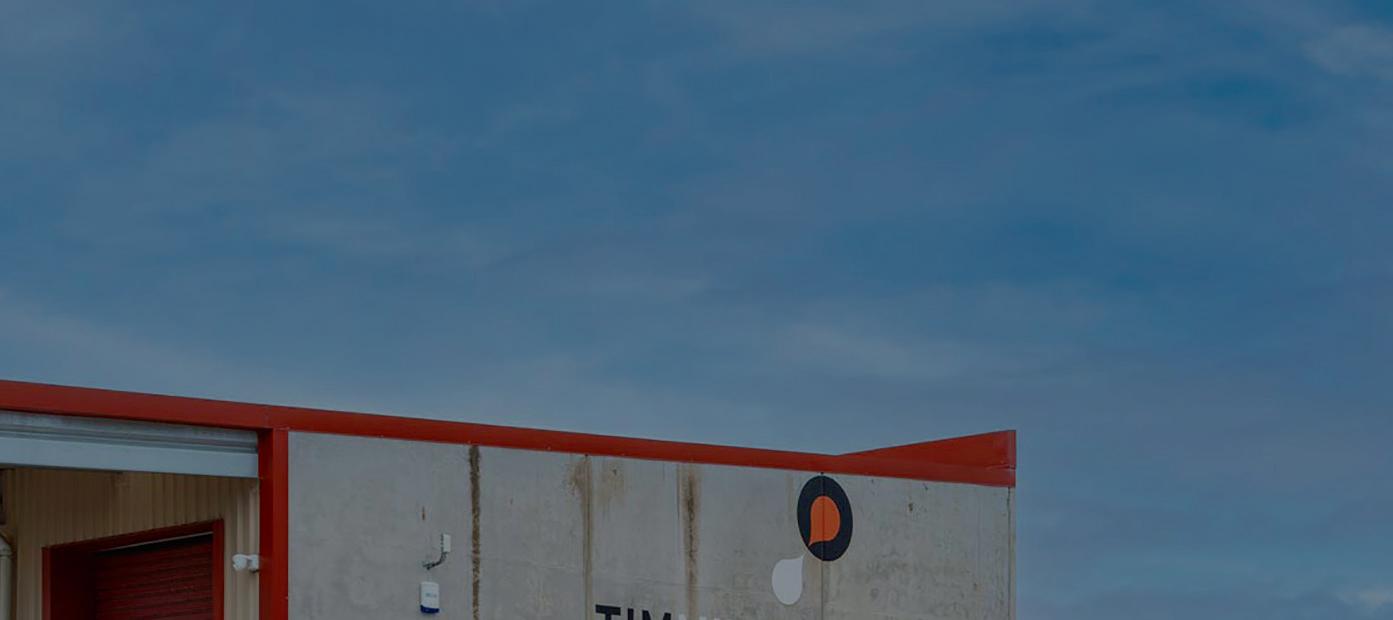




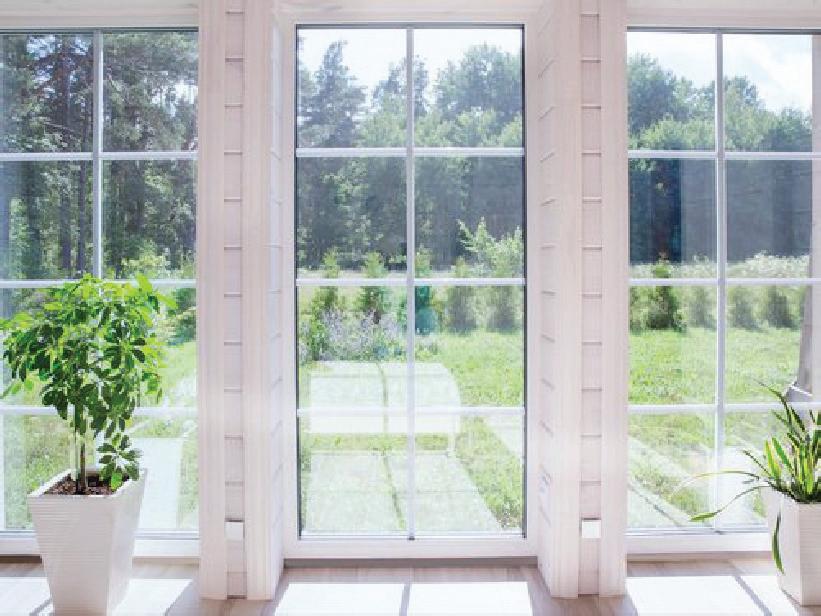
By Ben O’Connell
Reading quickly is a valuable skill, but one must read fast and comprehend well to achieve it.
Time how fast you can read the passage below, then answer the questions below to test your comprehension, to see how well you can speed read!
Speed reading is not just racing through a passage. Once honed, it becomes a powerful technique that, when combined with effective comprehension strategies, can significantly enhance your cognitive abilities—not only in reading but also in learning other new skills. At its core, speed reading involves training your eyes and brain to process information more efficiently, minimising habits like subvocalization—where you “say” words in your mind as you read. By practising methods such as using a pointer or finger to guide your eyes, expanding your peripheral vision, and chunking words together, you can increase your reading speed while still understanding the material and even enjoying the process more.
Comprehension is the critical companion to speed. Without it, reading quickly becomes meaningless. Focus on active reading strategies: preview the text by skimming headings and subheadings, ask yourself questions about the content before diving in, and summarise key points after each section. This improves recall while also encouraging deeper, critical thinking. This approach keeps your brain engaged and helps you retain more information. Over time, these habits strengthen your cognitive abilities, making it easier to process complex ideas and remember important details.



Combining speed reading with comprehension exercises creates a virtuous cycle for your brain. As you challenge yourself to read faster and understand more, your brain adapts by forming new neural connections. These adaptations support lifelong learning and mental resilience. It’s like a workout for your mind, just as physical exercise builds muscle, reading efficiently builds cognitive strength. Studies suggest that



people who regularly practice speed reading and comprehension techniques experience improved memory, sharper focus, and enhanced problem-solving skills.
Whether you’re a student, professional, or lifelong learner, these skills empower you to absorb vast amounts of information quickly and effectively. By incorporating these strategies into your daily routine, you can unlock your brain’s full potential, remain mentally agile, and keep pace with the ever-growing demands of the information age.
Answer these true or false statements to ensure you understood the passage.
1. Skimming headings is a bad speed-reading strategy.
2. Subvocalization is a habit where you mentally say words as you read.
3. The passage compares speed-reading to racing a speedy car.
4. Memory, focus, and problem-solving improve with speedreading skills.
5. The passage describes speed-reading as ‘valuable’ for the brain.
The odd-numbered statements are false, whereas the evennumbered statements are true. If you answered all five questions correctly and took one minute or less to read the passage, you are an excellent speed reader. The passage has 319 words, but the average reader reads about 240 words per minute. If you took over three minutes to read the passage, its advice might be worthwhile to you! Speed-reading is a valuable skill, but ultimately, reading is to be enjoyed at your own pace.












e Ockham New Zealand Book Awards are the nation’s premier literary honours for books written by Kiwis. ese are some of the books that took out the top spots in 2024.





Lioness by Emily Perkins
JANN MEDLICOTT ACORN PRIZE FOR FICTION


From humble beginnings, Therese has let herself grow used to a life of luxury after marrying into an empire-building family. But when rumours of corruption gather around her husband's latest development, the social opprobrium is shocking, the fallout swift, and Therese begins to look at her privileged and insular world with new eyes.
by Grace Yee Chinese Fish
MARY AND PETER BIGGS AWARD FOR POETRY

Chinese Fish is a family saga that spans the 1960s through to the 1980s. Narrated in multiple voices and laced with archival fragments and scholarly interjections, it offers an intimate glimpse into the lives of women and girls in a community that has historically been characterised as both a ‘yellow peril’ menace and an exotic ‘model minority’.









BOOKSELLERS AOTEAROA AWARD FOR ILLUSTRATED NON-FICTION

A richly illustrated account of the life and work of one of New Zealand’s most iconic artists: painter, printmaker, teacher, writer and ornithologist, Don Binney (1940–2012), a mercurial presence on the New Zealand cultural scene from the time of his meteoric rise to fame in the early 1960s.
by Damon Salesa An Indigenous Ocean: Pacific Essays
GENERAL NON-FICTION AWARD
Histories of our Pacific world are richly rendered in these essays by Damon Salesa. From the first Indigenous civilisations that flourished in Oceania to the colonial encounters of the nineteenth century, and on to the complex contemporary relationships between New Zealand and the Pacific, Salesa offers new perspectives on this vast ocean – its people, its cultures, its pasts and its future.
Te Rautakitahi o Tuhoe ki Orakau by Tā Pou Temara (Ngāi Tūhoe)
MŪRAU O TE TUHI – MĀORI LANGUAGE AWARD
Te Rautakitahi o Tūhoe ki Ōrākau is an account of Tūhoe involvement in the battle of Ōrākau in the New Zealand wars by Sir William Te Rangiua ‘Pou’ Temara. Written in te reo Māori and based on oral sources, Tā Pou asks the big questions about the Tūhoe men and women who went to fight with Ngāti Maniapoto at Ōrākau. Who were they? Why did they go and what did they do there? What was the nature of their alliance with Ngāti Maniapoto?















































By Jonathan Taylor




Tiny but powerful, telomeres are protective caps at the ends of your DNA, similar to the plastic tips on shoelaces. eir job is to shield your genetic material during cell division.
As we age, telomeres naturally shorten. When they become too short, cells stop dividing and enter a state called senescence, contributing to inflammation, disease, and tissue ageing.
Short telomeres are linked to increased risk of heart disease, type 2 diabetes, osteoporosis, and cognitive decline. However, the good news is that telomerase, a special enzyme, can help rebuild them— and your daily habits play a major role in activating this repair process.
Telomeres are highly sensitive to oxidative stress, which can be reduced by eating antioxidant-rich, whole foods:
Vitamin C and E (found in citrus, leafy greens, almonds, seeds) fight damaging free radicals
Omega-3 fatty acids (from oily fish, flaxseeds, chia, walnuts) support cellular integrity and slow telomere loss
Polyphenols (in berries, dark chocolate, green tea, olive oil) have been shown to stimulate telomerase.
In contrast, ultra-processed foods—high in sugar, additives, and refined oils—are associated with faster telomere shortening. For a simple telomere-supporting meal, try a Longevity Salad: rocket, walnuts, pomegranate seeds, roasted salmon, and olive oil.













Beyond diet, movement, sleep, and stress reduction all influence telomere health:
Exercise - especially moderate aerobic activity and resistance training - has been linked to longer telomeres. Consistency is more important than intensity. Even a daily walk or yoga session helps.
Sleep is crucial for cellular repair. Aim for 7–9 hours each night and stick to regular sleep-wake rhythms to support natural telomere maintenance.
Limit toxins like smoking and excessive alcohol, which are directly tied to shorter telomeres.
Chronic stress raises cortisol and inflammation, both of which contribute to faster telomere loss. But incorporating calming routines can help:
Mindfulness, deep breathing, tai chi, yoga, and time in nature all lower stress levels and may even boost telomerase activity.
Just 10 minutes a day of focused relaxation can positively impact your cellular age.
By eating well, moving consistently, sleeping deeply, and managing stress, you can protect and even rebuild your telomeres—helping your body stay stronger, healthier, and younger for longer.






F&L Tiling Nelson is your trusted expert for high-quality tiling and bathroom renovations in the Nelson and Tasman regions. With over 25 years of industry experience, the team at F&L Tiling Nelson is dedicated to delivering exceptional craftsmanship, personalised service, and stunning results that bring your vision to life.
Offering a comprehensive range of services, F&L Tiling Nelson specialises in bathroom renovations, wall and floor tiling, waterproofing, grouting, floor screeding, and under-tile heating. Whether you are looking to upgrade your bathroom, install stylish new tiles, or improve the functionality and durability of your space, the team ensures a seamless and stress-free experience.
Their expert waterproofing service meets all council requirements, protecting your investment from potential water damage, while their precise grouting techniques ensure long-lasting and aesthetically pleasing finishes.
At the heart of F&L Tiling Nelson is a team of skilled professionals dedicated to quality and customer satisfaction. Led by Frazer Lochhead, who brings decades of experience to the trade, the team includes Lee, Thang, Thuan, and Hiue, each contributing their expertise and craftsmanship to deliver outstanding results. Their meticulous attention to detail and commitment to excellence ensure that every project, whether large or small, is completed to the highest standard.
From elegant bathrooms and stylish kitchens to durable outdoor tiling solutions, F&L Tiling Nelson has a portfolio showcasing a diverse range of projects. Their attention to detail, innovative approach, and expertise ensure that every space is transformed beautifully and functionally.

For those with questions about their services, F&L Tiling Nelson offers expert guidance. Many clients ask about the benefits of under-tile heating, and the team assures that with modern digital controllers, it is both efficient and cost-effective. Another common inquiry is about the difference between cement-based grout and epoxy grout, with cement-based grout being water-absorbent while epoxy grout is waterproof. When it comes to tile sizes, some assume larger tiles are more expensive to install, but in reality, smaller tiles can often be more costly than larger 600x600 tiles due to the additional labour required.
If you are looking for a reliable and skilled tiling team in Nelson, F&L Tiling Nelson is ready to bring your vision to life. Contact them today or email to discuss your project. With a commitment to superior craftsmanship and customer satisfaction, they look forward to creating stunning, functional spaces that you will enjoy for years to come.
By Paige O'Brien
When it comes to tness, it is easy for your mind to linger on thoughts of fast-paced routines, heavy weights, or crowded gyms. But exercise doesn’t always need to be intense to be e ective.
In fact, some of the most beneficial forms of movement are low-impact, adaptable, and designed to support both the body and mind over the long term.
Walking, swimming, cycling, Pilates, and Tai Chi are just a few examples of alternative forms of exercise that are gaining popularity, not because they promise quick fixes, but actually offer lasting benefits, balance, and enjoyment if you are consistent.

Why walking works
Walking is often underrated, yet it’s one of the most accessible and effective forms of movement there is. Whether you are strolling along a bush track, walking your dog around your neighbourhood, or pacing a scenic boardwalk, walking improves cardiovascular health, supports joint mobility, boosts mood, and helps maintain a healthy weight. Even short walks throughout the day can add up, making it fairly easy to integrate into your daily routine. It is also a great opportunity to connect with nature, listen to some music or a podcast, or even just enjoy a moment of calm.
Swimming and water aerobics combine resistance with low impact, making them ideal for all fitness levels. Water naturally supports the body, reducing the strain on joints and muscles while still having enough resistance to build strength and endurance. Water-based movement is especially good for those managing arthritis, recovering from an injury, or looking for a gentle but effective way to stay active. The sensation of water also has a really calming effect, adding an extra therapeutic layer to this form of exercise.
Cycling indoors or out
Cycling, whether that be outdoors or on a stationary bike, is an excellent cardiovascular workout that is easy on the joints. It helps strengthen the legs, improves balance, and increases overall stamina. Outdoor cycling has the extra benefit of enjoying the fresh air and different landscapes, while indoor cycling is a safe and weather-proof alternative. It is also easy to adjust the intensity, making it suitable for different levels and goals.
The extremely popular Pilates is a low-impact form of exercise that focuses on core strength, posture, flexibility and controlled breathing. It strengthens the deep stabilising muscles, helping support the spine and reducing the risk of injury. The movements are deliberate and precise, encouraging body awareness and improving alignment. It is especially helpful for building strength in the back, hips, and abdominals, which are all essential for stability and everyday movement.
Tai Chi blends slow, flowing movements with mindfulness and breath control. Often described as “meditation in motion,” it helps improve balance, coordination, and concentration while reducing stress. Practising regularly can help with flexibility and help prevent falls, while also building a deeper connection between mind and body. Its gentle nature makes it approachable, and effects go well beyond physical.
The beauty of these alternative forms of exercise is the sustainability. They can be modified, enjoyed at any age, and easily adapted into everyday routines. They encourage a kind of movement that not only supports and improves fitness, but overall wellbeing.

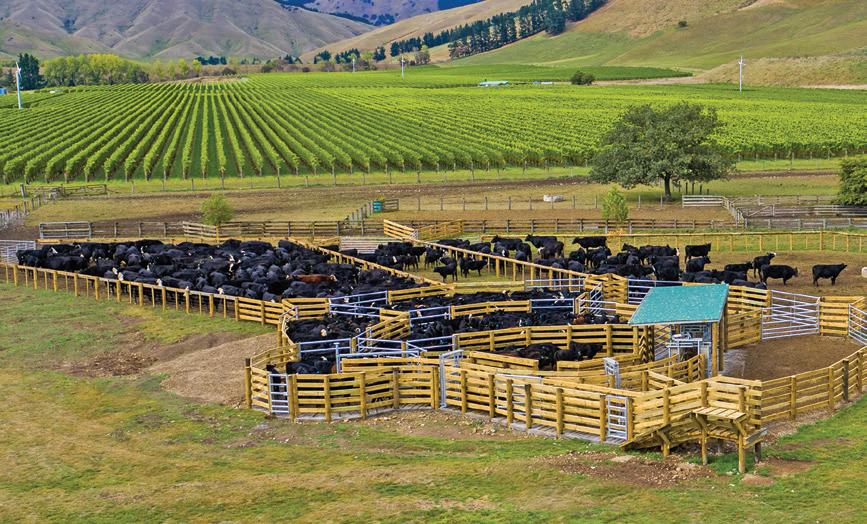
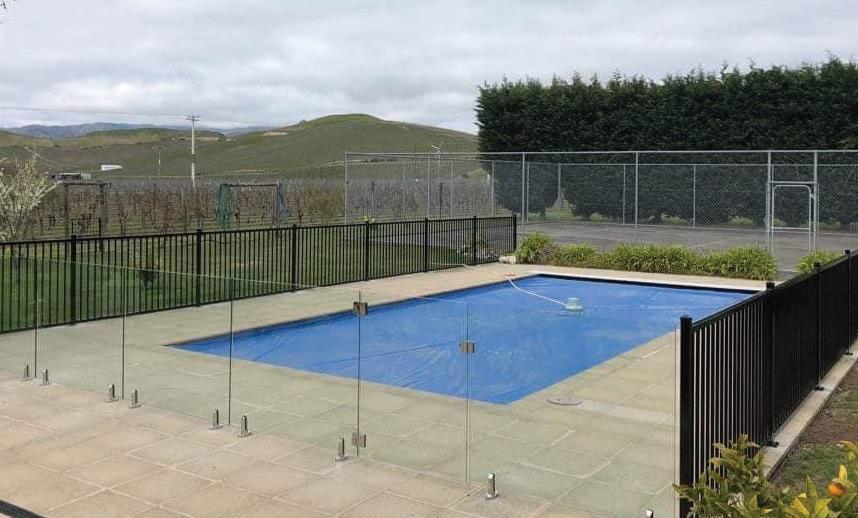

By Jonathan Taylor
A recent study has revealed that loneliness and social isolation among older New Zealanders has reached epidemic proportions, prompting calls for urgent government intervention.
Health advocates are urging the establishment of a dedicated Minister for Loneliness to coordinate national efforts to address this growing health and social crisis, mirroring successful models implemented in countries such as the United Kingdom and Japan.
The Breaking Barriers report, commissioned by Age Concern Auckland, surveyed older adults across Auckland and the Bay of Plenty to better understand the root causes and consequences of social disconnection among people aged 65 and older.
The findings paint a concerning picture: 59% of respondents reported recent feelings of loneliness or social isolation, with nearly one-third (30%) stating they experienced these feelings frequently or constantly.
According to the study’s authors, loneliness among older people is not simply an emotional issue—it is a public health concern. The research reveals that social isolation is closely tied to a range of negative health outcomes, comparable in severity to smoking, alcoholism, and obesity. Kevin Lamb, Chief
Executive of Age Concern Auckland, says the impact of chronic loneliness is far-reaching and damaging.
“The level of loneliness and social isolation among older people across the country is severe and has a significant detrimental impact on the lives of many vulnerable New Zealanders,” Lamb says. “This impact is of a similar negative level as smoking, alcoholism, and obesity—not only on individuals but also on our communities and health system.”

The report identifies a complex web of contributing factors. Financial insecurity plays a key role, particularly for those coping with the rising cost of living on fixed or limited retirement incomes. Health-related challenges also contribute significantly.
Long wait times for elective procedures, the rising cost of private health insurance, and the stress of navigating health services all impact older people’s ability to remain socially engaged.
Housing issues also emerged as a major driver of isolation. Many older New Zealanders, particularly those living in social housing, face unsuitable or substandard living conditions.

The study found that 70% of social housing residents reported loneliness, the highest rate among all accommodation types. Limited mobility, inadequate accessibility, and poor housing quality frequently leave older adults feeling trapped in environments ill-suited to their changing needs.
Globalisation and shifting family structures have further compounded the issue. The study notes that many older adults, especially in Auckland, have become geographically and emotionally isolated from loved ones due to adult children relocating overseas.


Alarmingly, 44% of Auckland’s older population are migrants who moved to New Zealand to be near family, only to experience renewed isolation as their children pursue opportunities elsewhere.

Technology, often proposed as a solution to loneliness, may not offer the protection it promises. The study found that 75% of older adults who use social media still experience loneliness.
In fact, those who rated themselves as “very proficient” with smartphones were more likely to feel isolated than those without access. Researchers suggest that digital interaction may lack the emotional nourishment of face-to-face connection and may even amplify feelings of exclusion.
Age Concern Auckland is now calling for the creation of a Ministerial Lead for Loneliness in New Zealand. This role would coordinate national policy, support services, and awareness initiatives aimed at reducing social isolation.
“This is a hidden epidemic, and it requires a visible, co-ordinated response,” Kevin says.
“A Minister for Loneliness would be charged with shaping policies, funding mental health services tailored to older adults, and working across government and community sectors to develop inclusive, age-friendly environments.”
International examples support this approach. In the UK and Japan, dedicated loneliness ministries have helped implement nationwide strategies, raise public awareness, and support at-risk populations.
A similar role in New Zealand could oversee targeted initiatives for rural communities, Māori elders, and migrant populations —groups who, according to the report, are at heightened risk of isolation.
The report also calls for increased funding for mental health support tailored to older adults, expansion of community-based initiatives such as social clubs and volunteer programmes, and stronger anti-ageism campaigns to combat negative stereotypes and promote intergenerational connection.
In rural areas, the challenge is even greater. Over one-third (34%) of Māori kaumatua live in rural regions, compared to just 20% of the general rural population. With fewer services and a higher older-age dependency ratio in these areas (35 per 100 compared to 23 per 100 in urban settings), Māori elders face serious disadvantages in accessing support.
The Breaking Barriers report serves as a wake-up call to government, health providers, and communities alike.
With an ageing population and widening social gaps, the time for a coordinated, compassionate response is now. Ensuring that older New Zealanders feel valued, connected, and supported is not only a moral imperative—it is essential to the health and wellbeing of our society.

is is a hidden epidemic, and it requires a visible, co-ordinated response .
A Minister for Loneliness would be charged with shaping policies, funding mental health services tailored to older adults, and working across government and community sectors to develop inclusive, age-friendly environments.



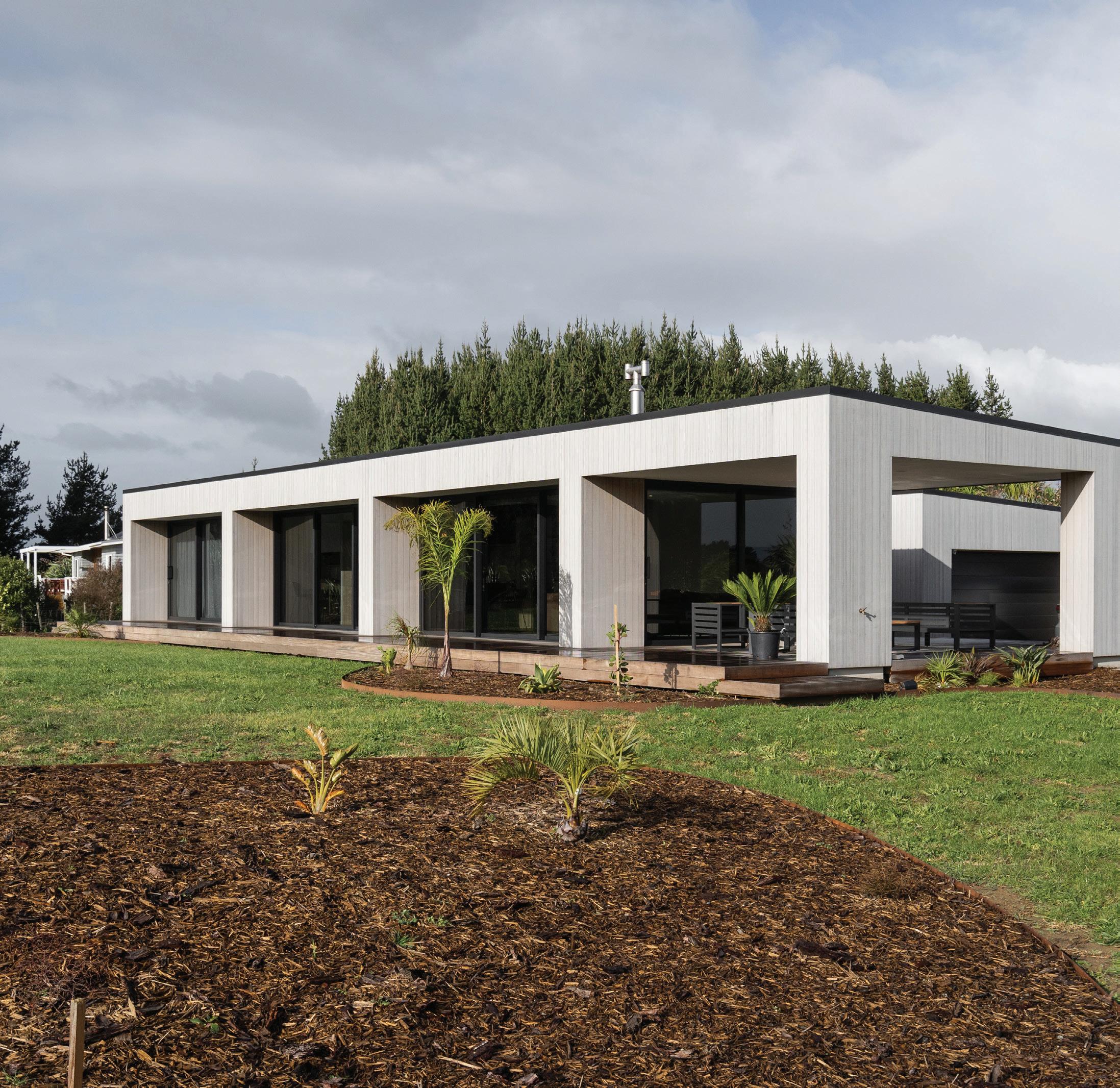

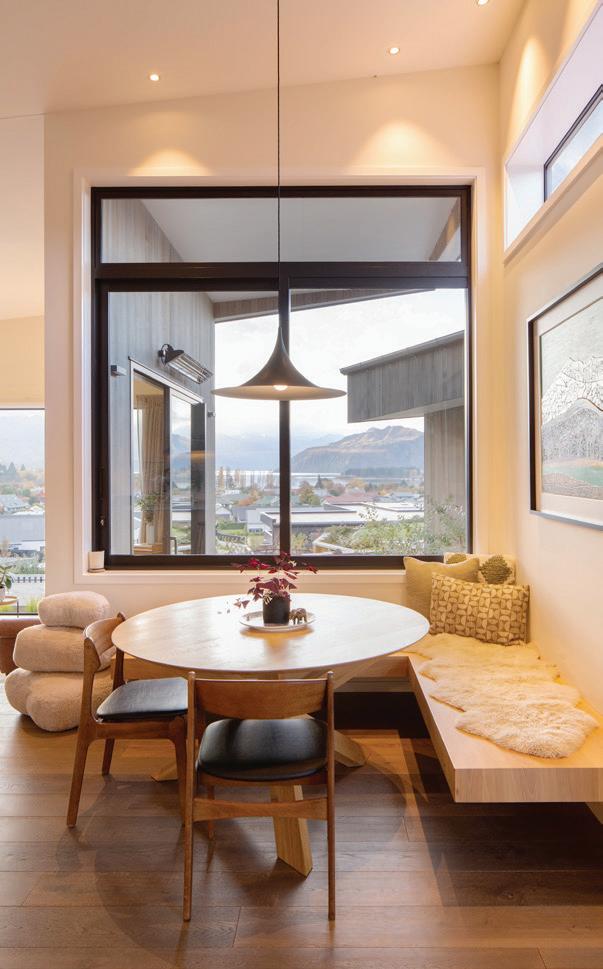



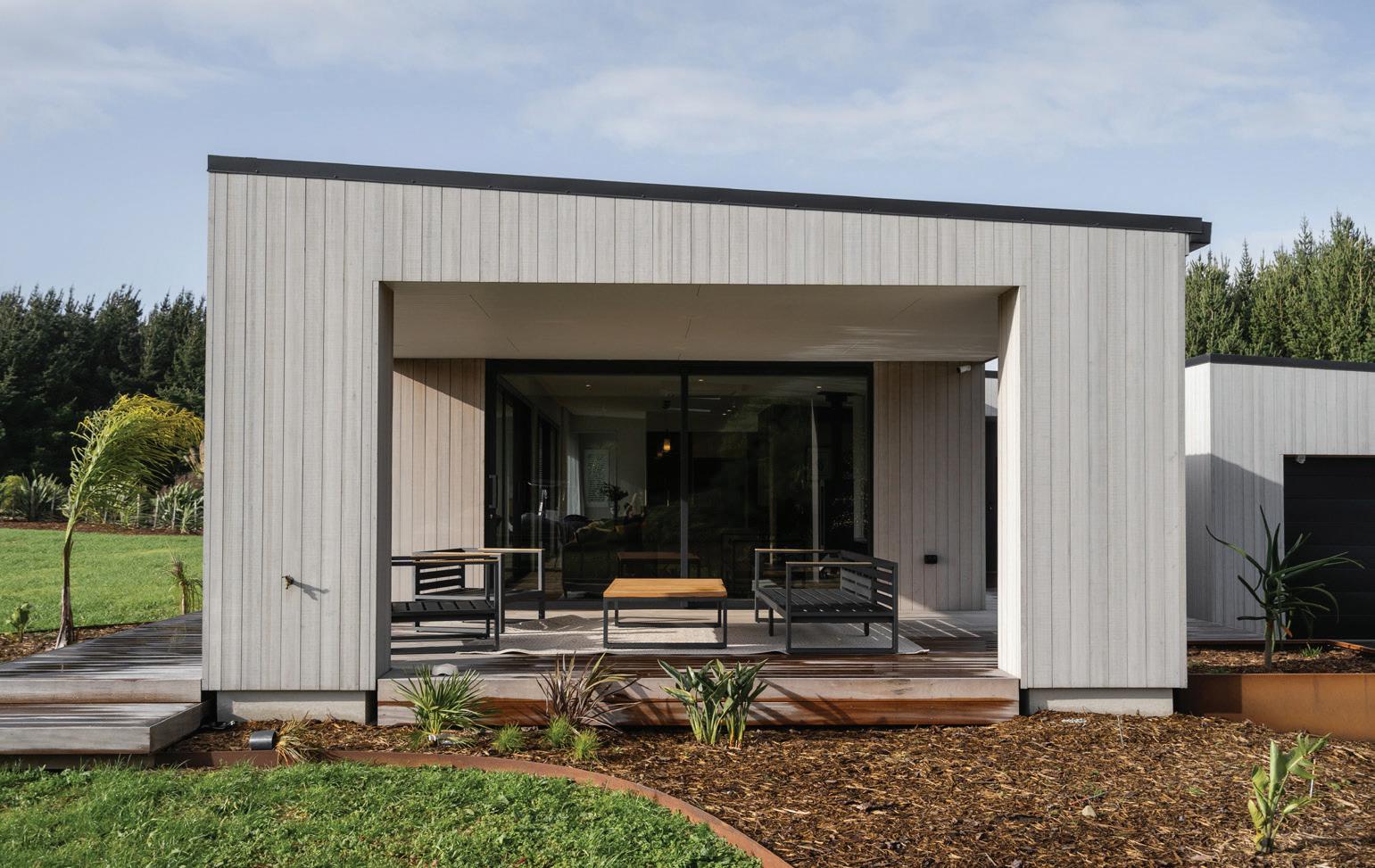
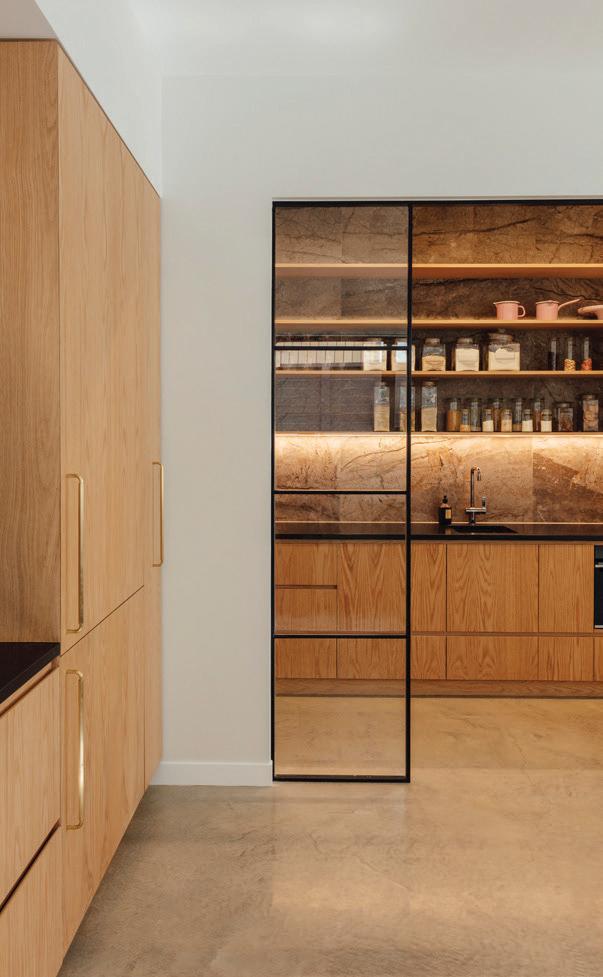

As we age, our bones weaken naturally, and the risk of fractures increases, even from something as minor as a fall or bump.
Osteoporosis, the condition behind this fragility, often creeps in quietly, but there are practical steps you can take to reduce your risk—and the earlier you start, the better your chances.
Like dementia, osteoporosis can feel inevitable and out of our control. Women are particularly vulnerable, primarily due to hormonal changes during menopause that accelerate bone loss.
Other risk factors include a low body mass index (BMI), chronic illnesses such as rheumatoid arthritis, family history, smoking, and excessive alcohol consumption. While some of these risks can’t be changed, lifestyle choices can significantly influence bone health.
A well-balanced diet is key. Calcium and vitamin D are the usual suspects when it comes to bone health, but a variety of other nutrients also play important roles. According to the Royal Osteoporosis Society (ROS), if you eat a varied and nutritious diet, you're likely covering your nutritional needs. However, due to limited sunlight exposure in countries like the UK, a vitamin D supplement is recommended during the winter months.
Protein is also crucial, not just for muscle, but for bone strength too. Tara LaFerrara, a Texas-based personal trainer and founder of the Broads fitness app, stresses that protein supports muscle mass, metabolism, mood, and, importantly, bone density.
“Post-menopausal women are especially at risk, so it’s essential they focus on strength training, adequate protein intake, and maintaining proper calcium and vitamin D levels.”
Contrary to some common advice, weight-bearing and impact exercises are not just safe for older adults - they’re essential.
Activities that put stress on bones, such as walking, stair

climbing, running, skipping, and racket sports, stimulate bone growth and strength. Even low-impact activities like brisk walking or gentle aerobics can be beneficial.
The ROS advises caution if you’ve already experienced spinal fractures or multiple breaks, in which case, lower-impact exercises may be safer. But generally, the more impact an activity involves, the more it supports bone health. Skipping, for example, can be surprisingly effective—just be prepared for a few tangled rope mishaps along the way.
While building strong bones is critical, avoiding falls in the first place is just as important. Exercises that improve balance and stability, such as tai chi, yoga, dance, and Pilates, can make a huge difference. The NHS and the ROS both provide simple, effective routines to improve balance, including grapevines, heel-to-toe walking, and lunges. For added challenge, you can incorporate tools like wobble cushions or a Bosu ball.
Osteoporosis is a major public health issue in New Zealand, affecting an estimated one in three women and one in five men over the age of 50. As the population ages, the number of people at risk is expected to increase significantly, putting pressure on both individuals and the healthcare system.

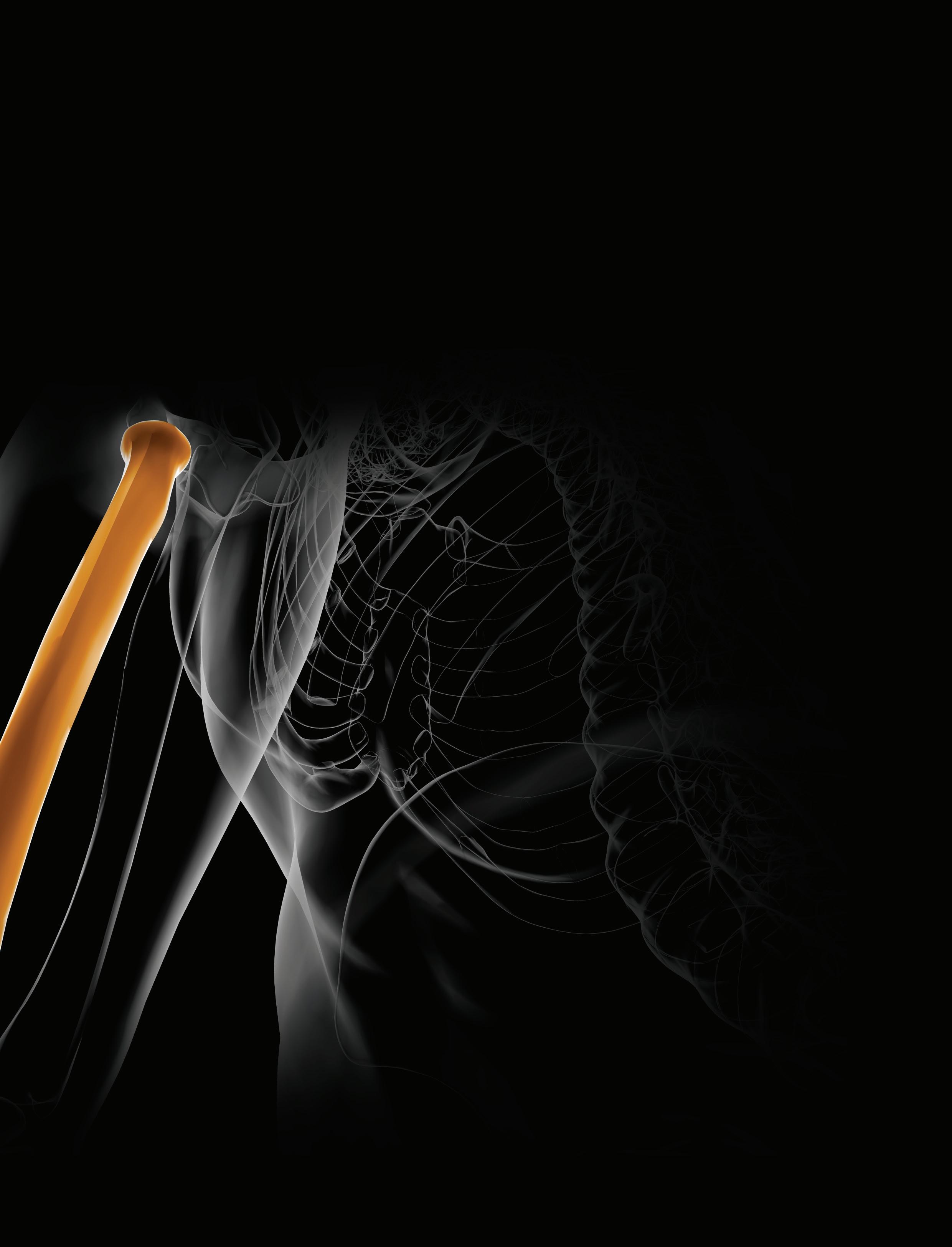
Osteoporosis is a major public health issue in New Zealand, a ecting an estimated one in three women and one in ve men over the age of 50. As the population ages, the number of people at risk is expected to increase signi cantly, putting pressure on both individuals and the healthcare system.
• Over 300,000 New Zealanders are currently estimated to be living with osteoporosis
• More than 24,000 fragility fractures - fractures caused by minimal trauma - occur in New Zealand each year due to osteoporosis

• The economic cost is significant, with fragility fractures costing the healthcare system more than $330 million annually, according to Osteoporosis New Zealand.
Risk factors
New Zealanders face a range of risk factors for osteoporosis, including:
• Age: Risk increases significantly over 50
• Gender: Women, especially post-menopause, are at higher risk due to hormonal changes
• Low body weight or BMI
• Family history of osteoporosis or fractures
• Lifestyle factors such as smoking, alcohol use, low physical activity, and poor diet
• Medical conditions such as rheumatoid arthritis, coeliac disease, or thyroid disorders
• Medications like corticosteroids that affect bone density.
Osteoporosis is diagnosed using a DEXA scan (dual-energy X-ray absorptiometry), which measures bone mineral density (BMD). However, many people remain undiagnosed until they suffer a fracture.
Treatment typically involves:
• Calcium and vitamin D supplementation
• Medications such as bisphosphonates, which help slow bone loss
• Lifestyle changes, including weight-bearing and resistance exercise, balanced nutrition, and fall prevention strategies
Organisations like Osteoporosis New Zealand and the Royal Osteoporosis Society work to raise awareness, promote early diagnosis, and encourage preventative action. Despite these efforts, osteoporosis often remains underdiagnosed and undertreated.
Osteoporosis is common, costly, and largely preventable. With an ageing population, New Zealand must prioritise bone health through public education, early screening, and integrated care to reduce the long-term personal and economic burden of this disease.

By Jamie Quinn

Let’s talk about our eye health. It’s something we often take for granted until issues start cropping up. Just like the rest of our body, our eyes need care and attention to keep them functioning well.



Maintaining eye health is easier than you might think and crucial for ensuring a high quality of life. Regular eye checks are nonnegotiable. These checks assess your vision and can also catch early signs of conditions that could lead to vision loss, such as glaucoma, age-related macular degeneration, and cataracts.
But maintaining eye health isn’t just about seeing your optometrist regularly. It’s also about taking proactive steps at home and in your daily routine. For instance, if you’re glued to screens for most of the day, make sure to follow the 20-20-20 rule: every 20 minutes, look at something 20 feet away for at least 20 seconds. This simple habit helps reduce eye strain and fatigue.
What you eat matters when it comes to eye health. Nutrients like vitamin C, vitamin E, zinc, and omega-3 fatty acids are known for their eye health benefits. Foods rich in these nutrients can help ward off age-related vision problems. For example, leafy greens like spinach and kale, seafood such as salmon and tuna, and nuts, beans, and eggs are great choices to incorporate into your diet.
Maintaining eye health is easier than you might think and crucial for ensuring a high quality of life. Regular eye checks are non-negotiable.

Any sudden or gradual change in your vision should be taken seriously. Blurred vision could be a symptom of a number of eye conditions, including macular degeneration.


Let’s not forget about the mighty carrot. Rich in beta-carotene, a type of vitamin A, carrots can help maintain healthy vision. While eating carrots won’t give you night vision, the right amount of vitamin A ensures the proper functioning of the retina and other parts of the eye. Awareness of the warning signs that indicate potential eye health issues is crucial. Here are a few symptoms that should prompt a visit to your optometrist:
If you experience ongoing discomfort or pain in your eyes, don’t dismiss it. This could be a sign of infection or other serious conditions.
Seeing floaters or flashes in your vision can be normal, but a sudden increase in these could signify a retinal detachment, which requires immediate medical attention.
If you find yourself suddenly squinting in moderate indoor light or sunlight, it could indicate an underlying eye issue.
Catching these signs early and consulting with a healthcare professional can mean the difference betweensimple treatment and significant intervention.

While sometimes it can be as harmless as fatigue or allergies, persistent redness could also indicate conjunctivitis or glaucoma.


Taking care of your eyes might not always be at the top of your mind, but it’s as important as any other part of your health routine. Regular checks, proper nutrition, and being vigilant about warning signs are key to maintaining good eye health. So, when was your last eye exam? If you’re struggling to remember, it might be time to schedule one!

































e old saying ‘use it or lose it’ applies as equally to mental acuity as it does to physical wellbeing, and more so as we age.
With people progressively living longer lives, it is increasingly important to look after our mental health. So here are some activities for the mind… brain food for improving your state of mind.
These geography words may go horizontally, vertically, diagonally, not backwards. The remaining letters will spell one more hidden geography term.



HIDDEN:



ANSWERS:
RULES: Sudoku rules are simple. A 9×9 square must be filled in with numbers from 1-9 with no repeated numbers in each line, horizontally or vertically.
To challenge you more, there are 3×3 squares marked out in the grid, and each of these squares can't have any repeat numbers either.





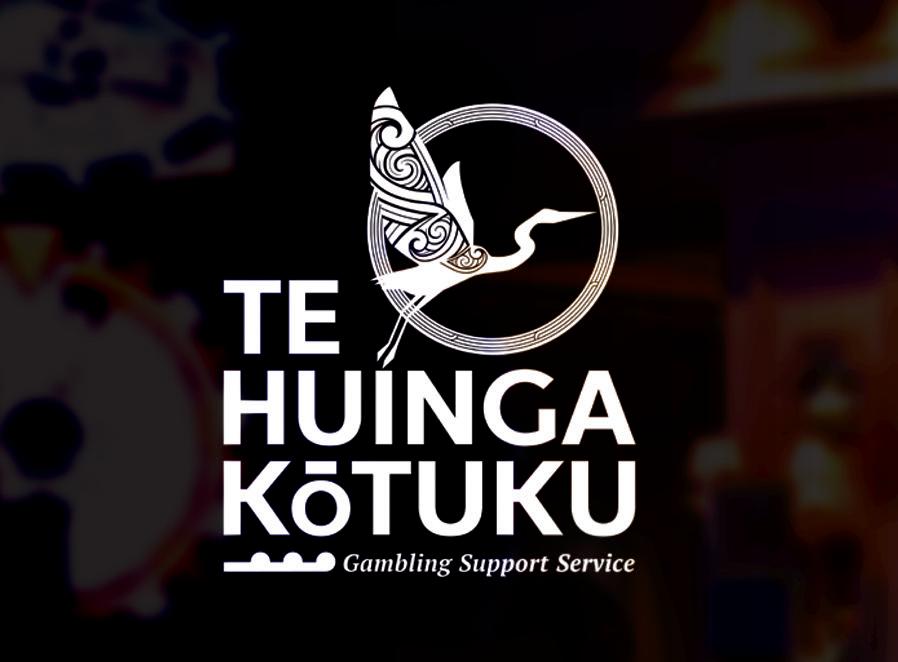














Purapura Whetū Trust was founded in 2002 by a small group of passionate individuals who saw a need for more responsive, culturally grounded mental health care for Māori in Ōtautahi Christchurch. At a time when mainstream services often fell short for tangata whenua, the goal was simple but bold: to create the best kaupapa Māori mental health service possible.
“Our aspiration was to build the best kaupapa Māori mental health services we could provide in communities,” reflects founding member and CEO Karaitiana Tickell.


grown into a trusted, communityled organisation of over 200 staff, delivering more than 30 services to people of all ages. These services span the full spectrum of wellbeing: from early childhood programmes and rangatahi resilience, to kaumatua support, addiction and reintegration services, crisis helplines, and collaborative initiatives responding to systemic gaps.


The organisation has also played a pivotal role in post-crisis community healing following major events such as the 2011 Christchurch Earthquakes and the 2019 Mosque Attacks. In response to the latter, Purapura Whetū developed a dedicated, culturally safe support service for Muslim communities in Ōtautahi, providing long-term, wraparound care for affected whānau.
Drawing inspiration from the Waka Framework which weaves together Māori values like Tapu, Mana, Mauri, Tinana, Wairua, Hinengaro, Mātauranga Māori, Ūkaipō, and Whanaungatanga, Purapura Whetū has stayed true to its vision from day one. These values continue to guide how care is delivered, not just clinically, but holistically, embracing the spiritual, emotional, physical, and social wellbeing of whānau.
From humble beginnings with just five kaimahi, Purapura Whetū has
Purapura Whetū has led and contributed to some of the region’s most impactful community initiatives. This includes Mana Ake, a primary school-based mental health and wellbeing service, and the Tupuranga Attendance Service, both designed to address educationrelated challenges through holistic, whānau-centred responses. In the health and justice sectors, Purapura Whetū co-leads Kā Pou Whenua, a culturally grounded response to mental distress alongside Te Whatu Ora and the New Zealand Police, and is a key partner in Fast Track, a rapid intervention initiative addressing youth offending in collaboration with Oranga Tamariki, New Zealand Police, and community providers.
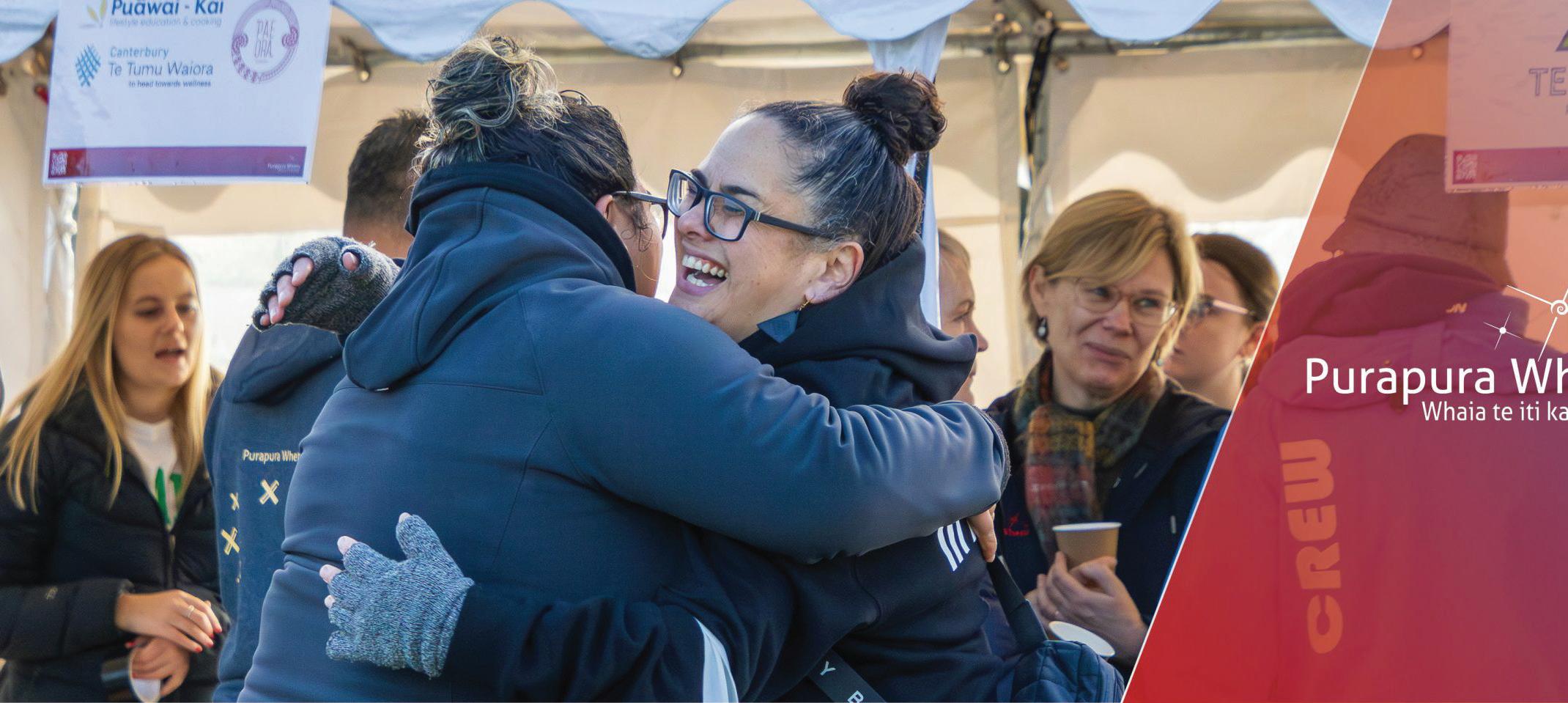

At its core, Purapura Whetū is an agent for change. It works alongside whānau to remove barriers, promote hauora, and advocate for whānauled solutions. Several of the Trust’s free services, welcome referrals from whānau, friends, or health professionals.
Over 22 years on, the kaupapa remains the same: support whānau to get well, stay well, and live well. And as the needs of the community continue to grow and evolve, so too does Purapura Whetū, anchored in tikanga, connected to whānau, and reaching always toward the stars.
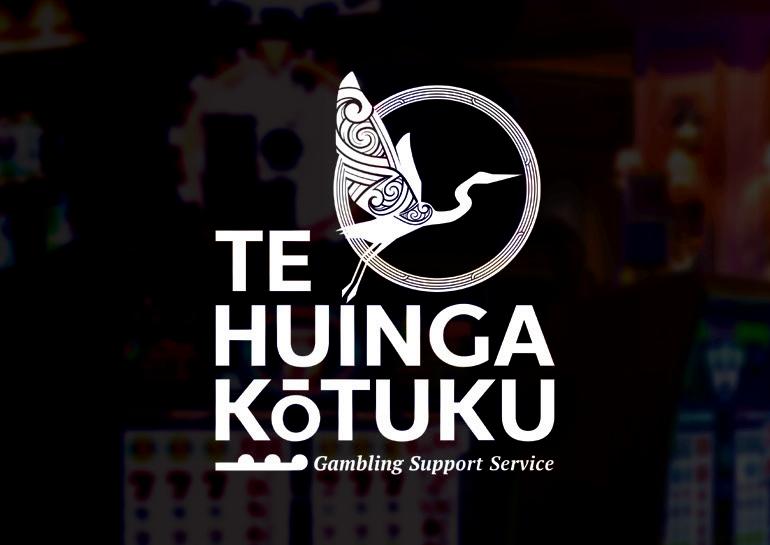






A new service - Te Huinga KŌtuku - is educating communities across Te Wai Pounamu / South Island on the harms of Gambling.
Karaitiana Tickell, CE of Purapura Whetū Trust – a community leader in the provision of health and social service committed to reducing gambling harm across our South Island communities. He expresses caution when stating that gambling can be an enjoyable form of entertainment for many, but stressors for some, it can spiral into a serious problem that affects their mental, emotional, and financial well-being. Karaitiana is inviting any community or health provider that wants to support a reduction in gambling harm amongst their community to contact his team.

Service Co-ordinator Mahlon Saumalu points out that “Gambling harm does not only impact the gambler; it also extends to their family, friends, and the wider community”. Saumalu is emphasising that understanding the signs of gambling harm and knowing where to seek help can be crucial in preventing the negative effects gambling has on individuals and society as a whole.
Mahlon is an educator and health promoter working in schools, with employers and across community groups. Mahlon points out that “Kiwis spend an estimated 5 billion dollars gambling each year, and that up to half of all young people gambled in the last year. More and more Kiwis are negatively affected each year”. He says that
For people that are impacted negatively by gambling they will know that gambling harm can take many forms, from financial strain and relationship issues to mental health problems such as anxiety, depression, and even
suicidal thoughts. When gambling becomes uncontrollable, it can interfere with daily life, causing a person to neglect responsibilities, family, and work. The desire to win back lost money can lead to even riskier behaviours, making


communities can help themselves being educated, and he is especially keen to support young people as they are targeted by the online casino operators. He says gaming and gambling operators deliberately take advantage of young people’s brains, particularly our need as humans to get a dopamine response when we are bored or stressed.
If you, your school, or your workplace and community want a basic education session you can call Mahlon on 0800 4 WHETU or email him on mahlon@pw.maori.nz
We can also supply an education kit for your community or your workplace so that people can self-educate.
it harder to break the cycle of harm. Unfortunately, the hidden nature of gambling addiction often makes it challenging to recognise, and those affected may feel isolated and reluctant to seek support.



The first step in protecting yourself or someone you know from gambling harm is to acknowledge the problem. If you notice that gambling is taking up more of your time and money than you'd like, or if it is starting to negatively impact your relationships or job, it might be time to reassess your behaviour. Setting clear boundaries, like limiting the time and money you spend on gambling, can help create a healthier relationship with it. For some it may be safer to ban themselves and we can help with that too.
If you are struggling with gambling harm, it's important to know that help is available. There are many services in New Zealand designed to provide confidential support to individuals dealing with gambling problems. Gambling Helpline New Zealand offers free, confidential counselling and advice, available 24/7 via phone or text. Their number is 0800 654 655.


Friends and family members can also play an essential role by offering support and understanding. Encouraging open communication and reassuring loved ones that seeking help is a sign of strength, can break down barriers to accessing necessary services.
STEP 3
How counselling helps
Counselling services can provide tools to manage urges, address underlying issues contributing to the gambling behaviours, and develop healthier coping strategies. In some cases, professional therapy may be recommended to help individuals address mental health concerns that may stem from or be exacerbated by gambling harm.
If gambling is affecting your life, don’t wait for it to get worse. Reach out for help today, and take the first step towards recovery and a healthier, more balanced life.
If you would like help and or talk to someone call us on 0800 4 WHETU





The Property Council, whose members are some of New Zealand’s largest property developers, owners and investors, has come out in support of the government’s Build to Rent tax exemption boost.
Property Council New Zealand chief executive, Leonie Freeman, says the initiative could mark a key turning point towards unlocking the potential of Build to Rent.
“Our members share the government’s view that enabling Build to Rent will provide warm, dry rental homes that offer Kiwis long-term security of tenure.
“It is encouraging to see that the government has listened to our sector and acknowledged Build to Rent as a unique property asset class.
“The government’s announcement is a major step towards boosting New Zealand’s emerging Build to Rent sector.

“These developments are professionally managed, with brilliant amenities available onsite, offering residents bespoke lifestyle options for as long as they want to stay.
“By enabling Build to Rent, the property sector will be able to deliver thousands of new high-quality, high-density rental houses, supporting New Zealand’s urban intensification and climate ambitions.
“Kiwis will hopefully soon have many choices to access to a warm, dry and climate friendly Build to Rent home.
“Over the past 18 months, the Property Council has been working closely with the government to highlight the untapped potential of Build to Rent and explain the legislative actions required to enable it.
“As part of this, we have collaboratively resolved the unintended consequences of last year’s interest deductibility changes.
“Build to Rent will transform the experience of renting in New Zealand.
“Property Council research shows that our members stand poised to deliver over 25,000 Build to Rent homes in the next decade, with the right policy settings.
“Build to Rent refers to multi-unit residential developments, typically located in city centres within walking distance of key transport links.


“While the announcement has been a fantastic step in the right direction, there are a few remaining speedbumps to truly unlock the concept.
“For Build to Rent to flourish, access to large institutional investment via the overseas investment act and commercial depreciation is also required.

“The Property Council looks forward to continuing our engagement with the government to support the roll out of the world’s fastest growing residential sector in Aotearoa.”


























































Pauline is the owner of Pauline’s Property Management which started servicing in the Marlborough region from the 15th of February, 2020.
Pauline’s values are at the core of everything that she does – guiding behaviour and decisions all day, every day. Pauline’s integrity keeps her humble and always thinking about who is using her services.
Pauline’s honest and accurate market assessments and extra services on offer are what keeps her fresh and relevant and sets her apart from the competition. Pauline is qualified and helps clients by renting properties –managing every aspect of the process.
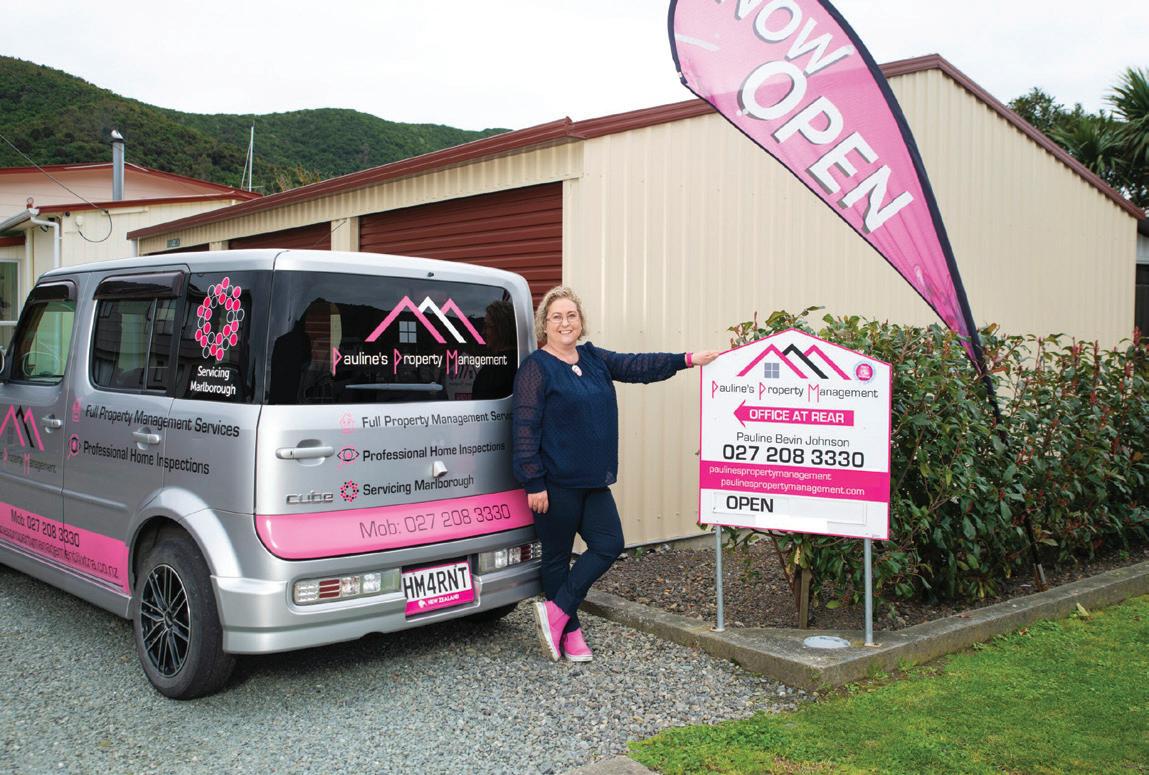
Pauline is focussed on 100% commitment to both her owners and her tenants. She will find owners the perfect tenants for the property. She takes care of any maintenance issues at any time and she treats tenants with care and respect. With honest and accurate market assessments, Pauline can help you make educated decisions. She ensures you’re
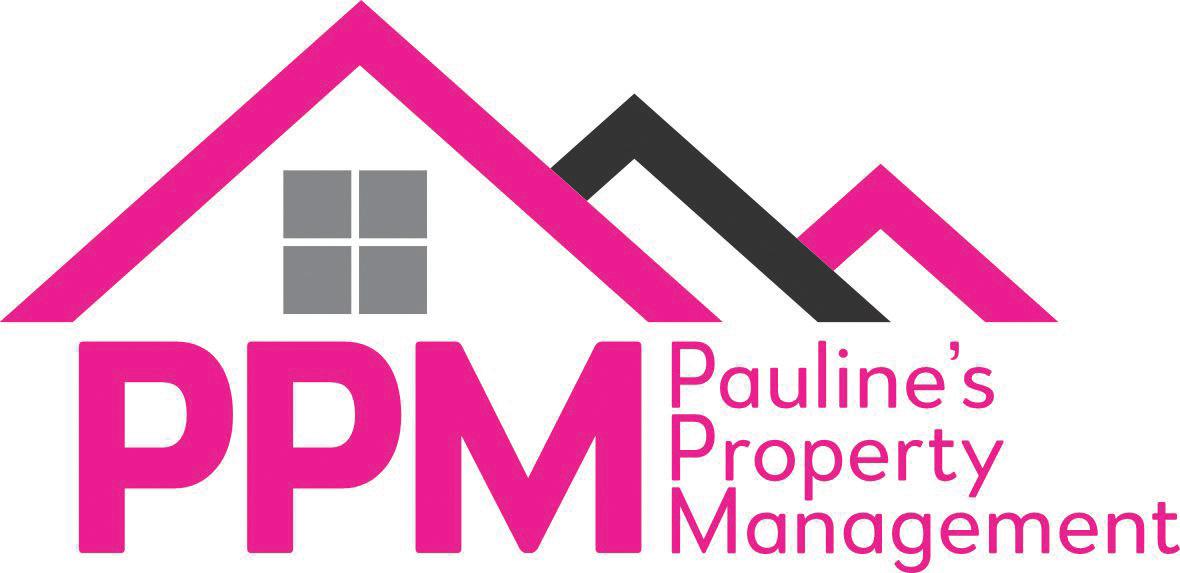
Pauline is an experienced and qualified independent Property Manager, servicing the Marlborough region.
She helps clients by renting properties - managing every aspect of the process. If you are looking to rent your current home, or find a new rental property, she can help make the process of owning an investment property easier for you.
kept informed throughout the whole process. While things may seem confusing at first, Pauline is highly trained and certified and is available to answer any questions or concerns.
Pauline helps you to stay informed. When you’re in the market for a new investment, it is essential that you take time to check out homes and get a feel for what is a good investment. Pauline has the knowledge of Healthy Homes and is more than happy to answer your questions.
Her property inspections are visual and non-invasive inspections of the home from the roof to the foundation. Pauline’s appraisals are unbiased and professional. She provides an analysis and conclusion about the property value based on her observations.
Clients of Pauline have praised her knowledge and say they’d highly recommend her. “She did an amazing job looking after us (nervous first timers), our tenants and our home.”
Pauline’s Property Management 62 Beach Road, Waikawa, Picton pauline@paulinespropertymanagement.com 027 208 3330
Experienced, qualified independent property manager servicing the Marlborough region in New Zealand.
We find safety issues and document the true condition of each property. We also take care of any maintenance issues 24/7.
We provide an analysis and conclusion about the property value based on our observations.
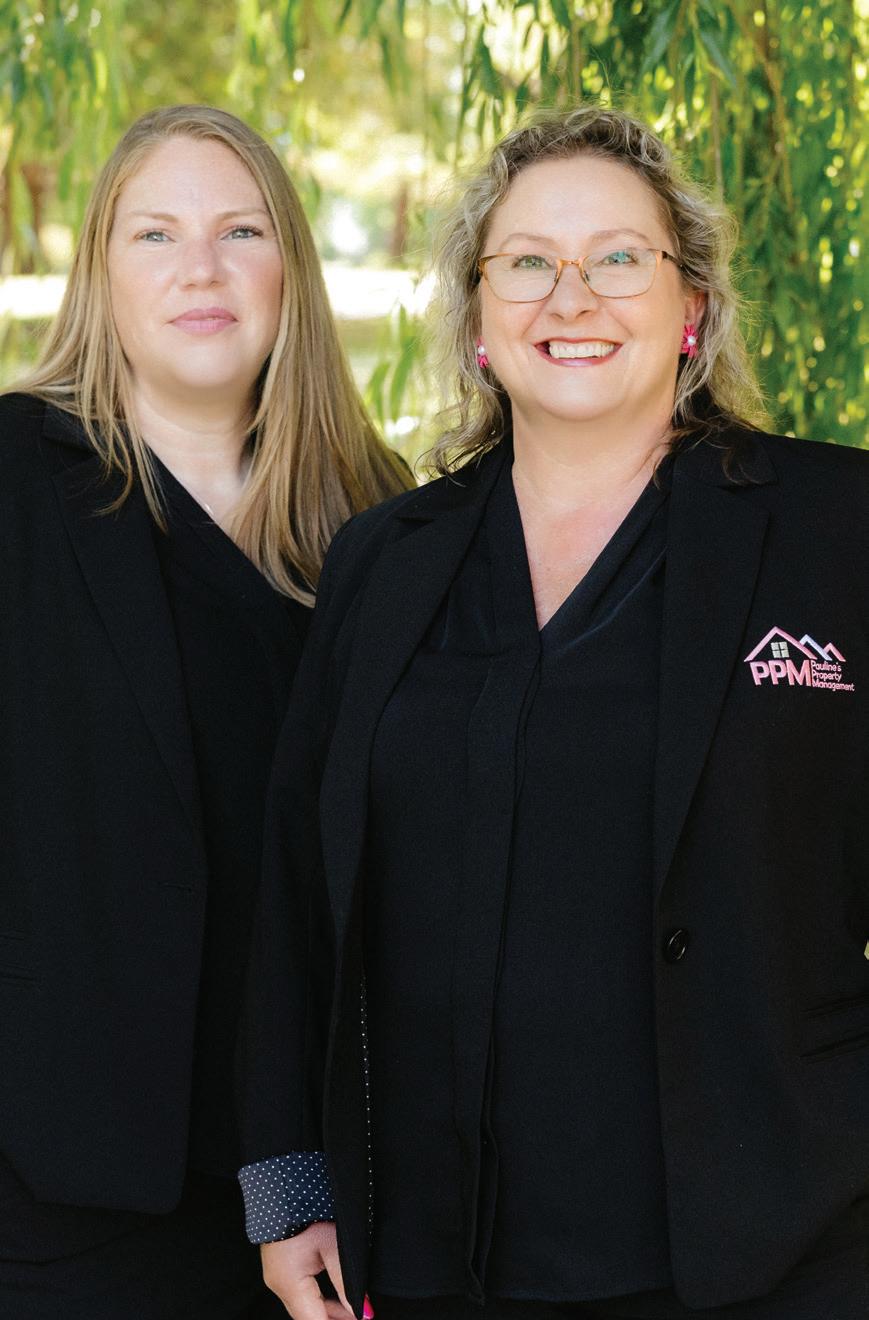
By Jen Baird,
Your home is often your largest personal asset, so selling it can be both exciting and stressful at the same time.
That’s why having an agent that you can trust to help you achieve the best price and conditions possible for your home – all while being transparent and ensuring all parties are comfortable and aware of the processes, will make a big difference.
Certain attributes differentiate a great agent from a good agent. We recommend that you look for agents who demonstrate a great deal of professionalism, local knowledge and have a good reputation.
Look for someone who understands the kind of people who will be interested in your home. This will help with the marketing of your home and communicating the benefits of your property to potential buyers.
Local agents often have a network of potential buyers that they have been working with or regularly communicate with, who are ready and able to provide the best price for your home.
Great real estate agents are well connected, therefore asking family and friends if they know an agent they would recommend is a great start; referrals are often the best way to find an agent with a proven track-record, and not just someone who knows how to say the right things at the right time.
When asking for recommendations, remember to ask what factors their recommendation is based on. Did they get the level of communication they wanted? Did they think the agent used the marketing spend effectively? Did they manage any challenges through the process well?


Great real estate agents are well connected, therefore asking family and friends if they know an agent they would recommend is a great start; referrals are often the best way to nd an agent with a proven track-record, and not just someone who knows how to say the right things at the right time.
Agents are usually more than happy to come to your property, share their knowledge and talk you through your options for selling. We recommend meeting a few agents before you choose who to work with.
Try visiting open homes they are hosting to understand how they present their vendor’s property. This will help you get a feel for how they will work to get the best for your property.
Take a look online and see how agents are using social media and digital marketing to increase coverage for the properties they are selling, and therefore see what you could expect for your home. Many agents will also use advanced technology to help market and sell your home, which can often reach a broader audience, for example:
• Virtual Reality tours or 3D walkthroughs are one of the options that increase the accessibility of an open home to a wider range of potential purchasers in the first instance, particularly out of town buyers
• Augmented Reality is another option that can help potential purchasers rework the layout of furniture in the home, so they can better picture themselves and their belongings in the home.
Try not to select an agent based solely on their commission fee, but it is important to understand what the fees are. While these do vary by agency, our advice is to choose an agent you trust and whose previous work gives you confidence.
Great agents can achieve a better price for your property by understanding the best strategies according to different market conditions.
At the end of the day, the person you choose is going to be a big part of your life while you sell your home, so it is important that you feel comfortable with them and that you can trust them to get the job done.










Licensed Salesperson (REAA 2008)
Servicing Kaikoura & Surrounding Areas
027 416 4860 melissa.c@arizto.co.nz
Supported by her fresh approach & previous experience within sales, this motivated and vibrant agent has a well balanced character needed for this industry. Her down to earth, honest nature, will put you at ease when selling and buying a home.
Quick to adapt to change, always looking outside the square on how to improve, adept with technology & strategic through every step, her empathetic style conceals her dedicated drive, all underwritten by a genuine desire to see clients succeed & buyers to find their perfect property.
Melissa has a huge passion for both design and interior design of houses. This passion motivates her to help clients market their properties to its very best potential with attention to detail being paramount. If you are looking for someone that values honesty, integrity and shows a humble, down to earth attitude, then she is your agent.
Call her today for a Free Appraisal on your property, with no obligations www.arizto.co.nz

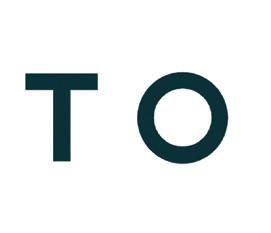













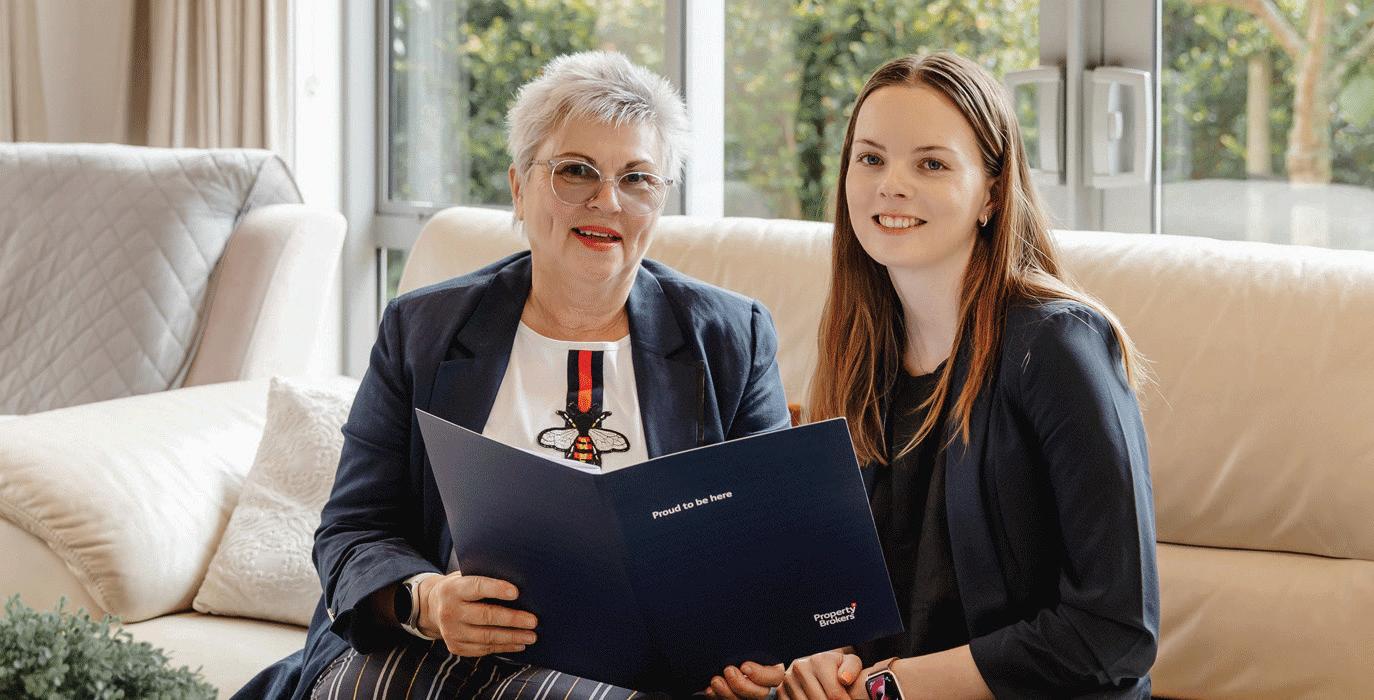

Selling your home can be one of the biggest decisions you’ll ever make, so let Lillie Broster-Turley take the stress out of it! Lillie is cool, calm and collected, she has good morals, she values transparency, and believes that communication is the key.
Lillie is passionate about Real Estate, creating a better way to do business within the Real Estate industry, and helping people achieve their goals. She is an enthusiastic go-getter and her aim is to help you achieve the best results possible. A hardworker who goes the extra mile, Lillie hates sitting still, she is constantly working to improve herself, and loves putting all of that enthusiasm into her work. She has great processes and structure in place to help ensure that selling your home goes smoothly, and keep you updated every step of the way.
Lillie is based in the Motueka/Tasman region, she has been in Real Estate since 2021, and she loves spending time with her partner and daughter, and playing the piano.




Customer Review:
“Lillie was professional and a pleasure to work with, she would communicate with us regularly and keep us updated. She gave us excellent advice on how to present our home, gave us the best appraisal, beyond our expectations, and the house sold within 3 days for the amount listed.
Lillie is friendly and warm and we would not hesitate to sell with Lillie again in the future.
Thank you Lilie!” – Julie and Randall













If you’re growing older in New Zealand, your SuperGold Card is more than just a handy discount card, as it can also help you access valuable health bene ts.
Designed to support older New Zealanders, the SuperGold Card offers savings on healthcare services, making it easier to maintain your well-being without straining your budget.
Many pharmacies, audiologists, optometrists, and dental clinics across New Zealand offer discounts to SuperGold Card holders. You can enjoy savings on prescriptions, eye examinations, hearing tests, and even dental check-ups. It’s always a good idea to check with your local healthcare provider to see if they accept the card.
If you’re interested in natural or alternative treatments like acupuncture, physiotherapy, or chiropractic care, some practitioners offer SuperGold Card discounts. It’s worth checking with local providers to see what’s available in your area. Look for the gold logo in shop windows or at checkout counters as well. Clothing shops and department stores often provide related discounts.
Numerous cafes, bakeries, and restaurants across New Zealand offer senior discounts, with some providing discounts of up to 1015% off meals or drinks. Fast food chains may also offer discounted meal combos for seniors. When booking a table or ordering at the counter, simply ask if there’s a senior deal available. Look out for special deals on certain days of the week, such as discounted lunch menus or two-for-one offers.
To find out which businesses and healthcare providers accept the SuperGold Card, visit supergold.govt.nz or ask at your local health centre. Keep your card handy and always check for available discounts: it’s a simple way to take care of your health while saving money.

By Mike Jerome Infante
SuperGold are not the only discounts on offer. These include free off-peak public transport, discounted InterCity and KiwiRail fares, cheaper power through the Winter Energy Payment and provider deals, and health savings via the Community Services Card.
Some entertainment venues, such as cinemas and museums, often provide concession rates. Local councils may provide rebates and support services, such as Meals on Wheels and home help, which are available. Seniors can also join Grey Power for extra perks. Always ask businesses if they offer a senior discount— it pays to check!

By Gillian Boyes, Chief Executive, Funeral Directors Association of New Zealand
At many funerals these days, you’ll see a photo tribute or hear specially chosen music that reflects the person who has died.
But have you ever thought about the photos or music you’d want, or want for a loved one? Preparing these details can be a gentle way of beginning the planning for a final farewell and has the added bonus of helping you re-live many happy memories as you begin the sorting process.
If you’ve been wondering how to start here’s some more ideas to talk about with your family.
about where you’d
funeral to take place - Chapels and churches are still popular but increasingly people are opting for highly personalised approaches.
Has a certain sport or interest been a big part of your life?
Perhaps your funeral could be at your sports club or the club rooms of your interest group.
Love your garden, the beach, your local park? You could have a special ceremony there (your funeral director will let you know of any local council requirements).
Your cultural traditions may dictate the venue. Funeral directors can work within those requirements too.
Your venue might dictate whether you have a funeral (with the body present) or a memorial (with ashes). Both options offer the opportunity for your family and friends to gather and remember which is a key part of their grieving process.
While there are other options too such as burial at sea or donating your body to science, burial on land and cremation remain the most popular choices for most New Zealanders.
If you prefer a burial, some councils allow you to pre-purchase a burial plot which can help you avoid ever increasing cemetery charges.

Consider your casket choice - Caskets these days come in the widest possible varieties. Prefer something simple? An MDF, or plain casket your family can decorate themselves might be for you.
Want to think sustainably? Solid wood options might befit you, or consider a felted wool or wicket casket which might also reflect a love of nature. Shrouds are another option particularly for natural burials. Casket makers can also offer bespoke options including beautifully carved coffins and couches, or special wraps with your favourite image or colour. Yes we’ve even seen a donut themed casket.
Many people find it reassuring to know a deceased body is treated with the highest respect and care at a funeral home. You might have other questions you’d love to ask, so look out for local open days at funeral homes. People find these absolutely fascinating and taking away some of the mysteries about what goes on can also take away the fear.
Get your paperwork in order - A really important gift you can give to your family is having your paperwork in one place. This includes your will but also details that’ll help them close off bank accounts, utilities and even social media. Make sure that if you’ve organised a funeral pre-payment that details of that are included with that paperwork. We’ve sometimes had to follow-up and refund families who had no idea mum or dad had already paid.
A final paperwork tip is to make sure your immediate next-ofkin details are included with your important papers – these are important for death registration.
Talk with your family about what’s important for them - Remember that while you might not want a fuss, your funeral is a time for your family and friends to grieve for you. Coming together, hugging, looking at those wonderful photos or listening to the songs you loved will help them as they come to terms with living without you.
Writing down what you decide, or asking your local funeral home to capture the details in their system so they don’t get mislaid will mean that when the time comes, your special people are left with peace, not decisions.
We help people honour lives. We bring families, friends and communities together to say goodbye on their terms and within their means.
Arranging a funeral can be overwhelming and grief doesn’t always make sense. Our services are designed to give you comfort, respect and dignity. Please call us for an obligation free chat.
Our Services Baby Care | Monumental Services Keepsake
| Memorabilia Repatriation Services | Eco Friendly Funerals
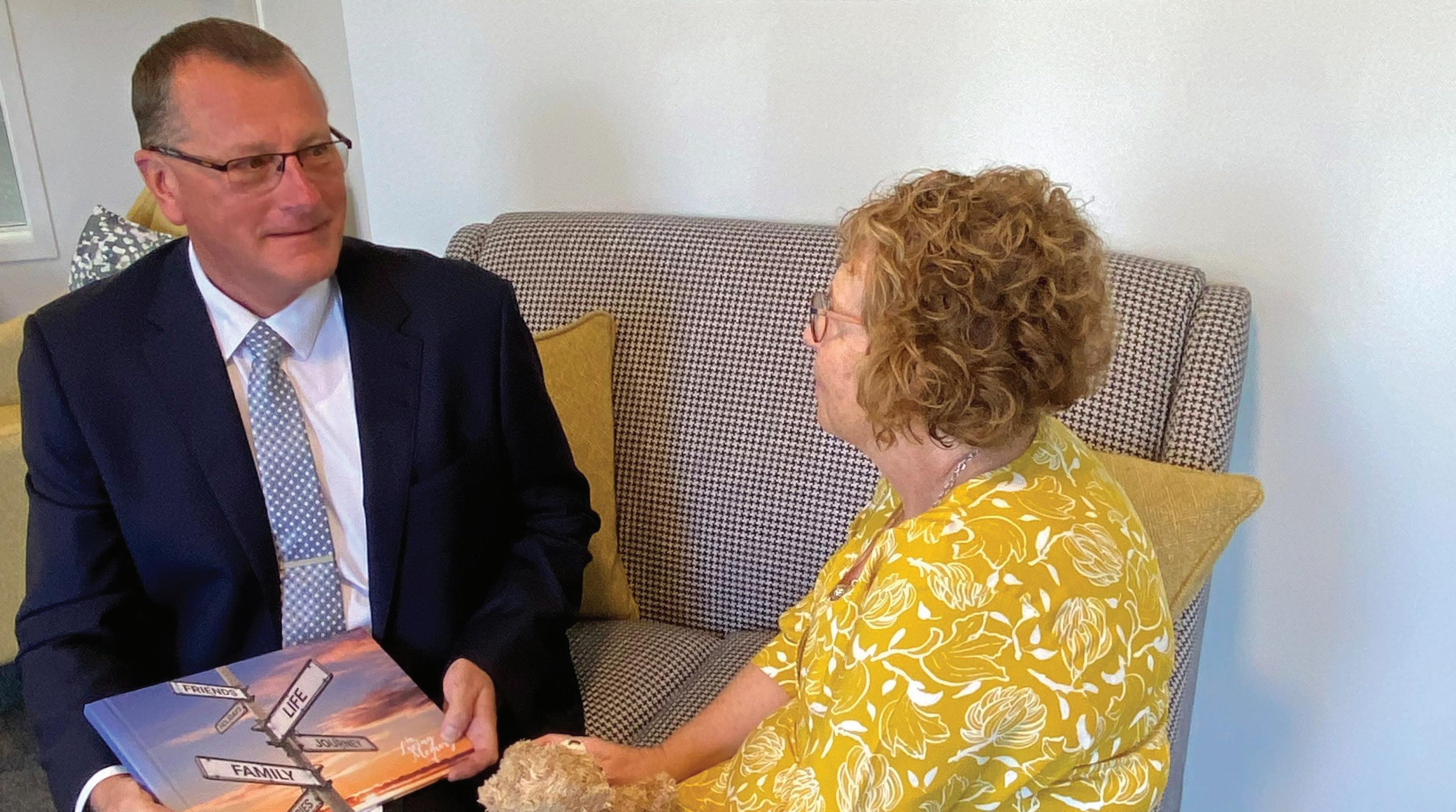
Barry Holmwood Manager/Funeral Director




where every day feels like coming home

Welcome to Rosebank Lifecare! Established in 1992, we’re here to offer you a place of tranquillity where you and your loved ones can feel safe, secure, and cared for by our amazing staff.
With a hospital, rest home facility, independent villas, and serviced care suites, we cater to a wide range of needs. Our warm and friendly atmosphere, along with comfortable facilities, make it the perfect place to call home.
We believe in living life to the fullest, no matter your health or condition. Each resident is uniquely valued, with their life experiences and personal values respected. We truly value the support of family and friends in helping our residents thrive. All enquiries and visits are welcome - we can’t wait to show you our facility!
If life is what you make it, choosing Rosebank Lifecare may just be the best decision you ever make.
Come join our retirement village, where every day feels like a vacation with neighbours who become family. Experience the warmth and security of a community where everything is taken care of - from maintenance to garden upkeep. Say goodbye to worries and hello to a carefree lifestyle.
Where independence meets security and community meets convenience. Located on Walnut Avenue, in the heart of Ashburton, our small but welcoming village offers a sense of belonging while giving you the freedom to choose your level
of involvement. Enjoy the beautiful Ashburton Domain just a stone’s throw away, perfect for a leisurely stroll or picnic with family and friends. Our 2 & 3-bedroom villas are designed for warm modern living, with spacious living areas, private gardens you can add your personal touch to, and attached garages for your convenience. Family and friends are welcome to visit and stay with you anytime. Plus, your furry friends are welcome to join you!
Looking for your dream villa? Look no further! Villas are available now, so why wait? Enquire today and make your dream a reality!
Meet Kathleen, our neighbourhood’s angel, always spreading love and light!
Kathleen is our friendly village coordinator, who is always there to lend a helping hand or plan exciting weekly outings around our region. Whether it’s a trip to Methven, Timaru, or beyond, there’s always something fun in store.
Experience the best of both worlds at Rosebank Villageindependent living with a tight-knit community to support you every step of the way. Make a choice to live a full and active life surrounded by caring neighbours who feel like family. Come see for yourself why Rosebank Village is the perfect place to call home.


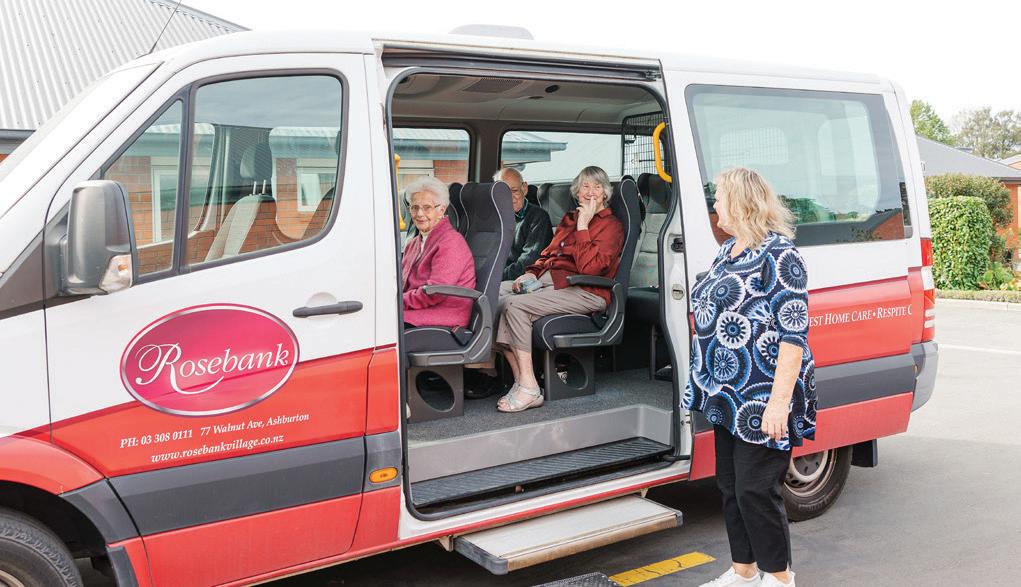
Say goodbye to worries and hello to comfort in your golden years! Let the care come to you in your dream aged care serviced care suites.
Looking for a little extra support without giving up your independence? Look no further than Rosebank’s serviced care suites which are due for completion late 2024! Enjoy the privacy of your own space while receiving daily meals, laundry, and housekeeping assistance if you require it. Plus, with a variety of care options available, you can tailor your support to fit your needs now and in the future without the hassle of moving again.
Live life to the fullest without worrying about maintenance or security - you deserve it!
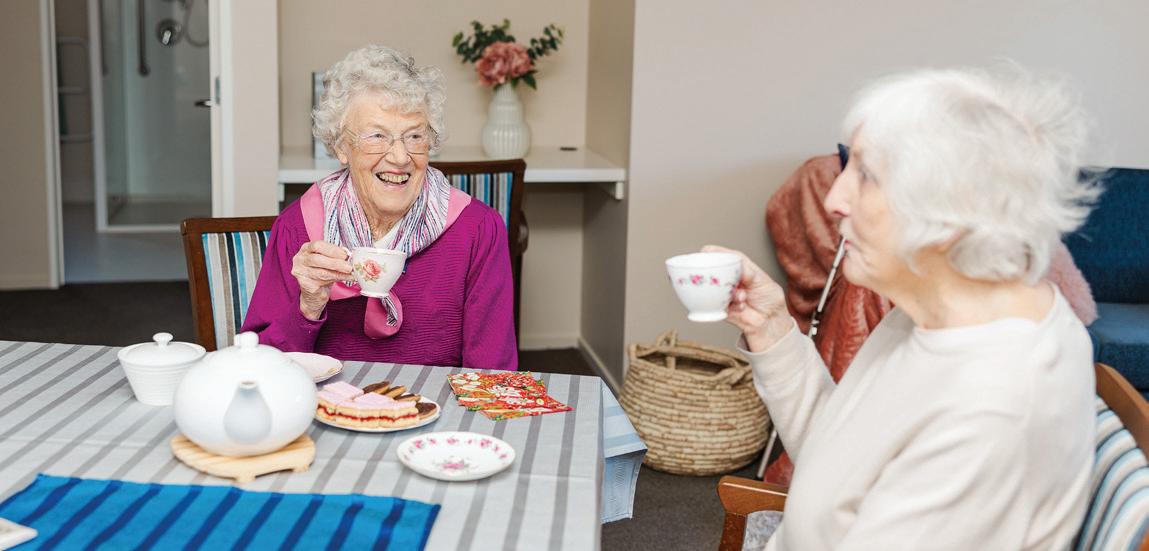
Get the support you need without sacrificing your freedom! Check out Rosebank’s serviced care suites coming soon in 2024.
Make the decision today to live a full and active life, with wrap-around care services in a community that truly cares. Come visit us and see why Rosebank Lifecare is the perfect place to call home. Call Karen Marriott-Haugh today 03 308 0111.
77 Walnut Avenue, Ashburton | 03 308 0111 | rosebanklifecare.co.nz






As proud members of the NZ Master Electricians Association, we adhere to the highest industry standards and offer added assurance through Workmanship Guarantees.
With a strong focus on safety and compliance, you can count on us to keep your property protected and performing at its best.
Get in touch today to discuss your next project or request a free quote or consultation!
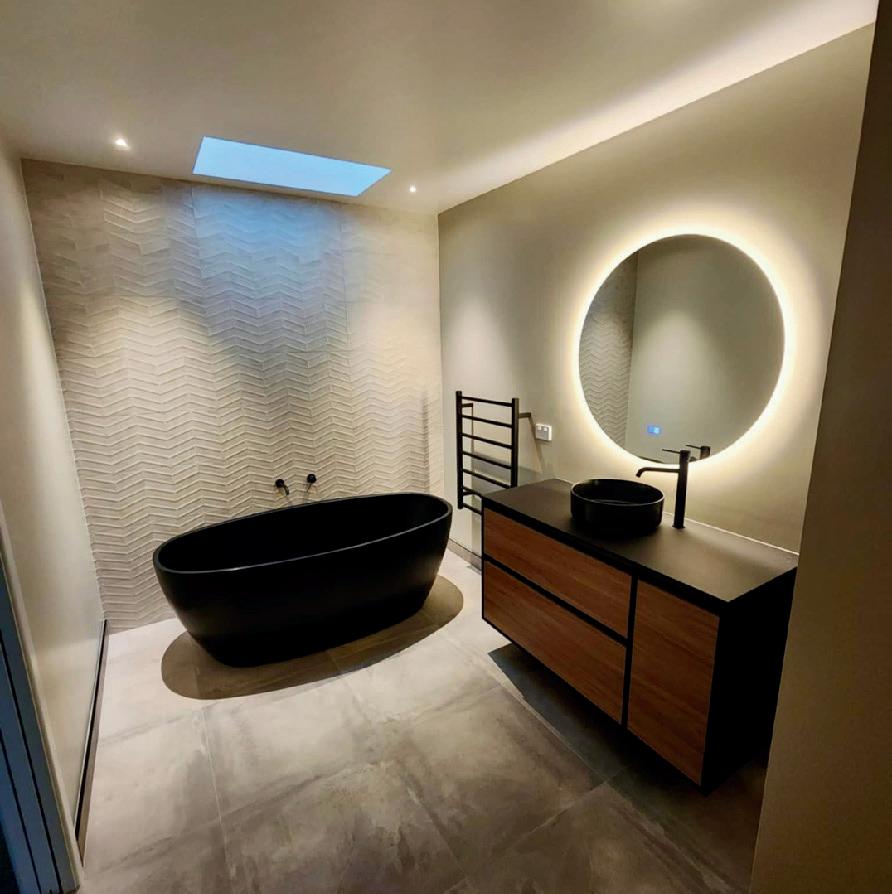
We handle all electrical work for new homes, extensions, and renovations — from planning and wiring to final fit-off — ensuring everything is safe, efficient, and up to code.
We design and install smart systems that let you control lighting, heating, security, and more — all from your phone or voice. Customised solutions for comfort, convenience, and energy efficiency.
We replace outdated or overloaded switchboards with modern, safe, and compliant systems to improve performance, meet current electrical standards, and reduce the risk of faults or fire.
Whether you're going green with solar energy or need a reliable EV charging setup, we provide efficient, compliant, and future-ready solutions tailored to your property.

At Thornley Electrical, we’re a team of certified, experienced electricians dedicated to providing safe, efficient, and compliant electrical solutions tailored to your needs.
Whether it’s Commercial, Residential, or Industrial projects, we approach every project with a commitment to quality, precision, and integrity.
From new installations and system upgrades to regular maintenance and emergency repairs — we do it all. No job is too big or too small. Whether you're launching a large-scale development or need a quick fix, we’ve got the skills and experience to get it done right, the first time.
Experience the Thornley Electrical difference today.
Nash Thornley - Managing Director 027 248 8639
Quotes/Enquires admin@thornleyelectrical.co.nz
Proudly Servicing Tasman and Marlborough Regions
Thornely Electrical Ltd